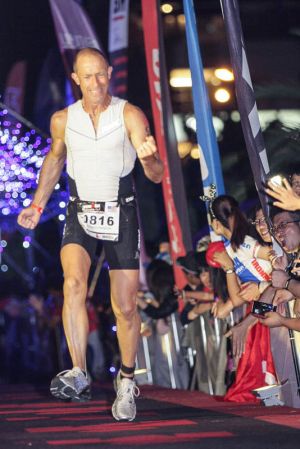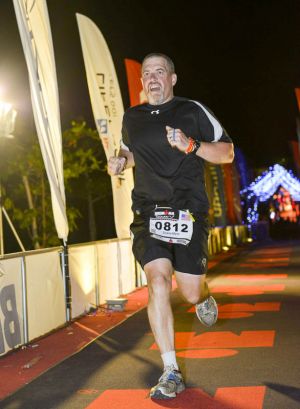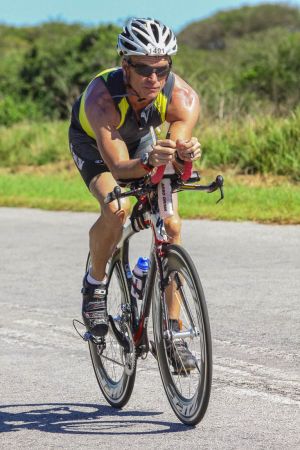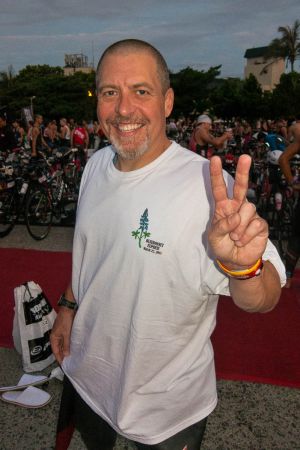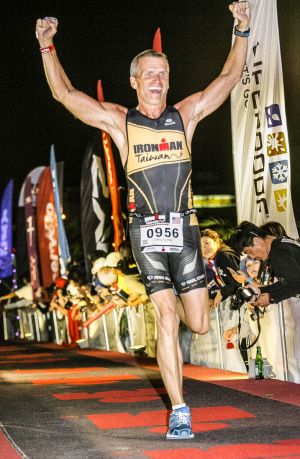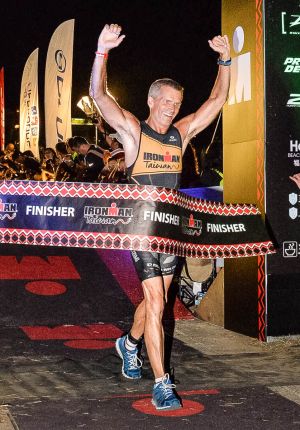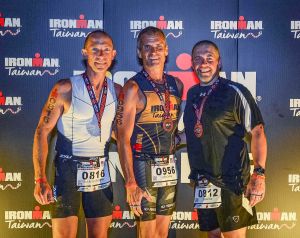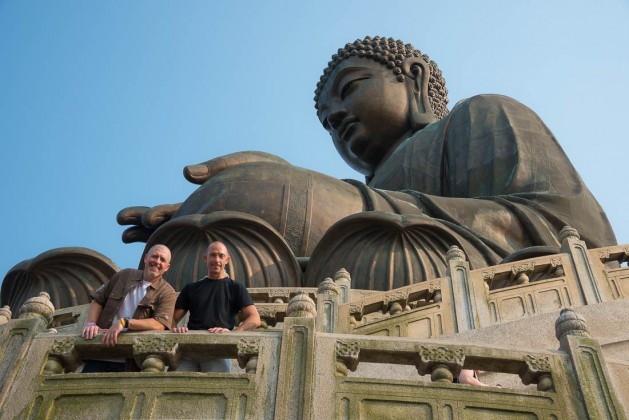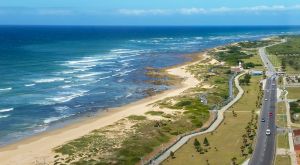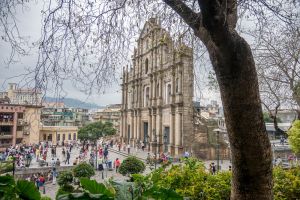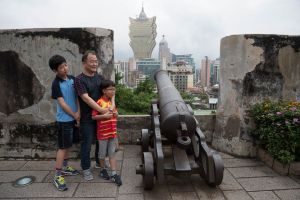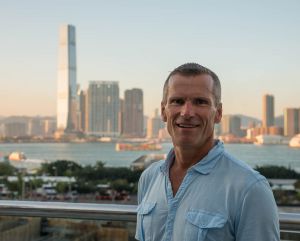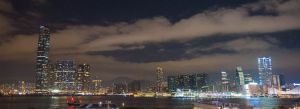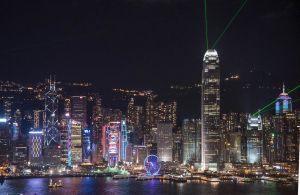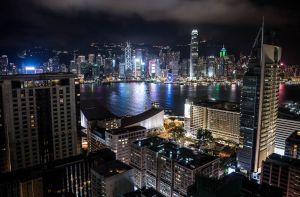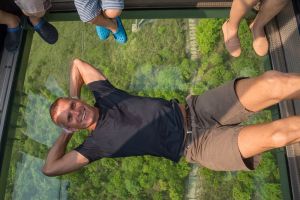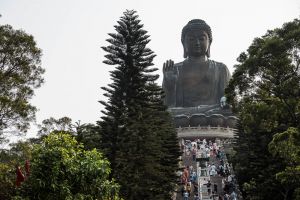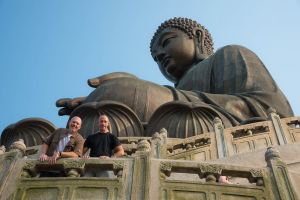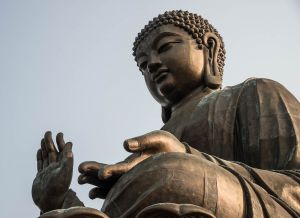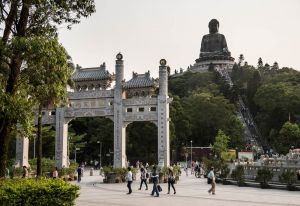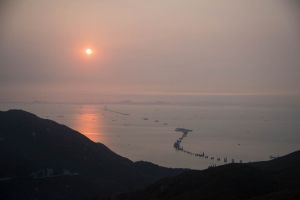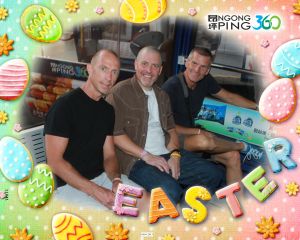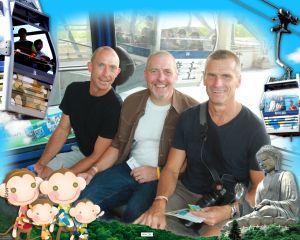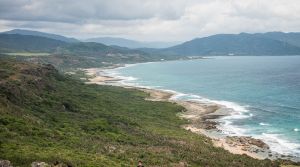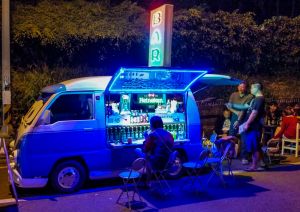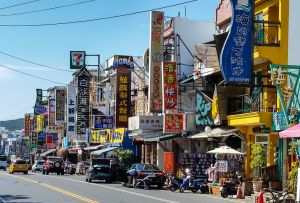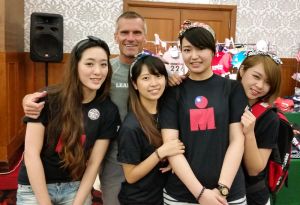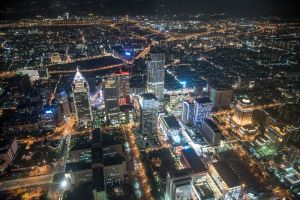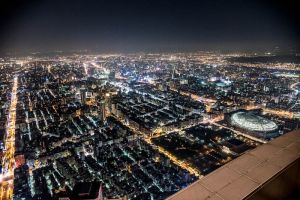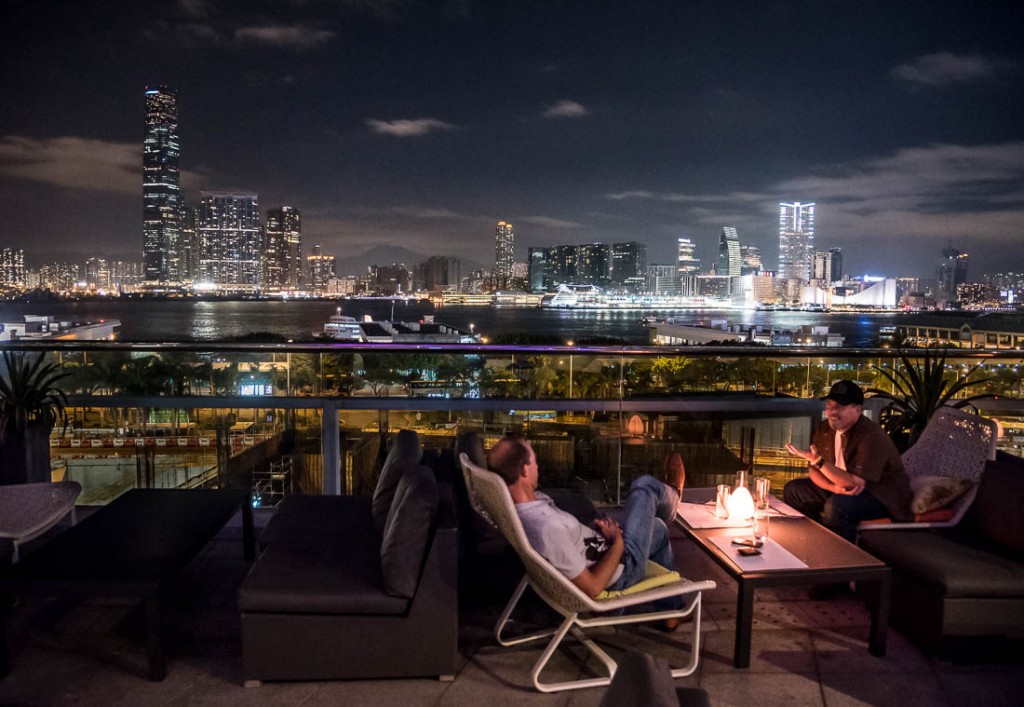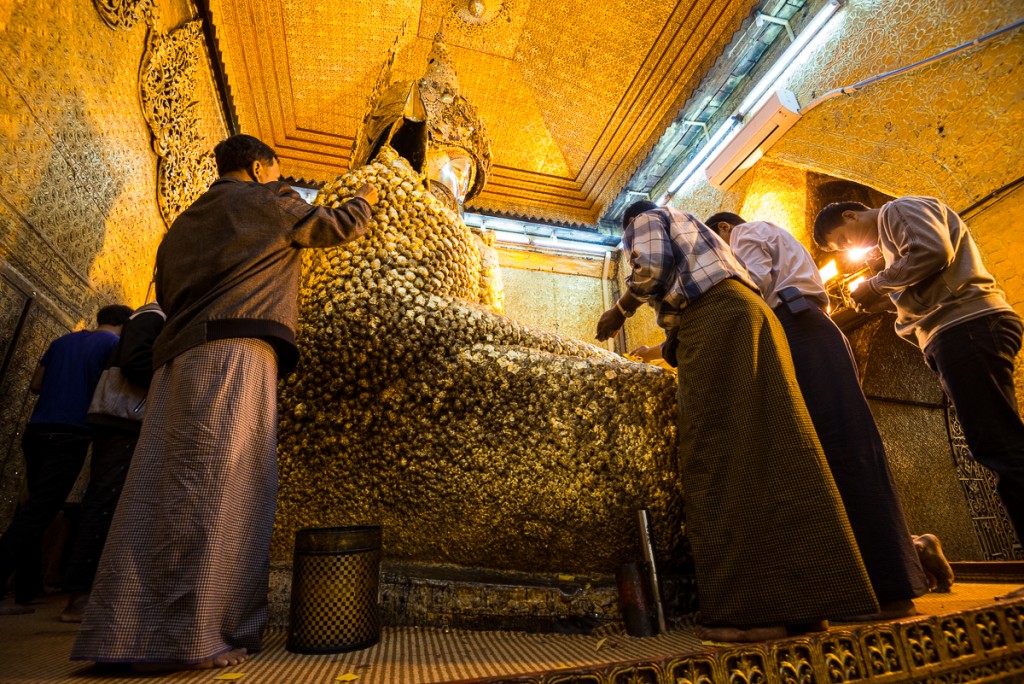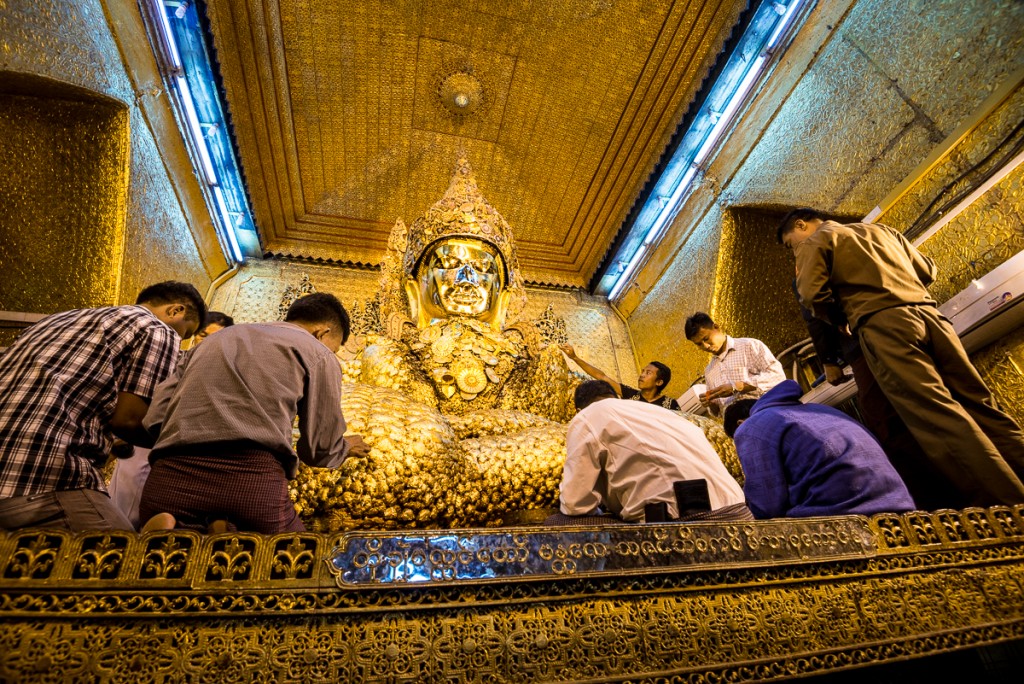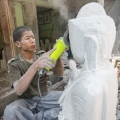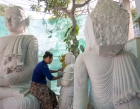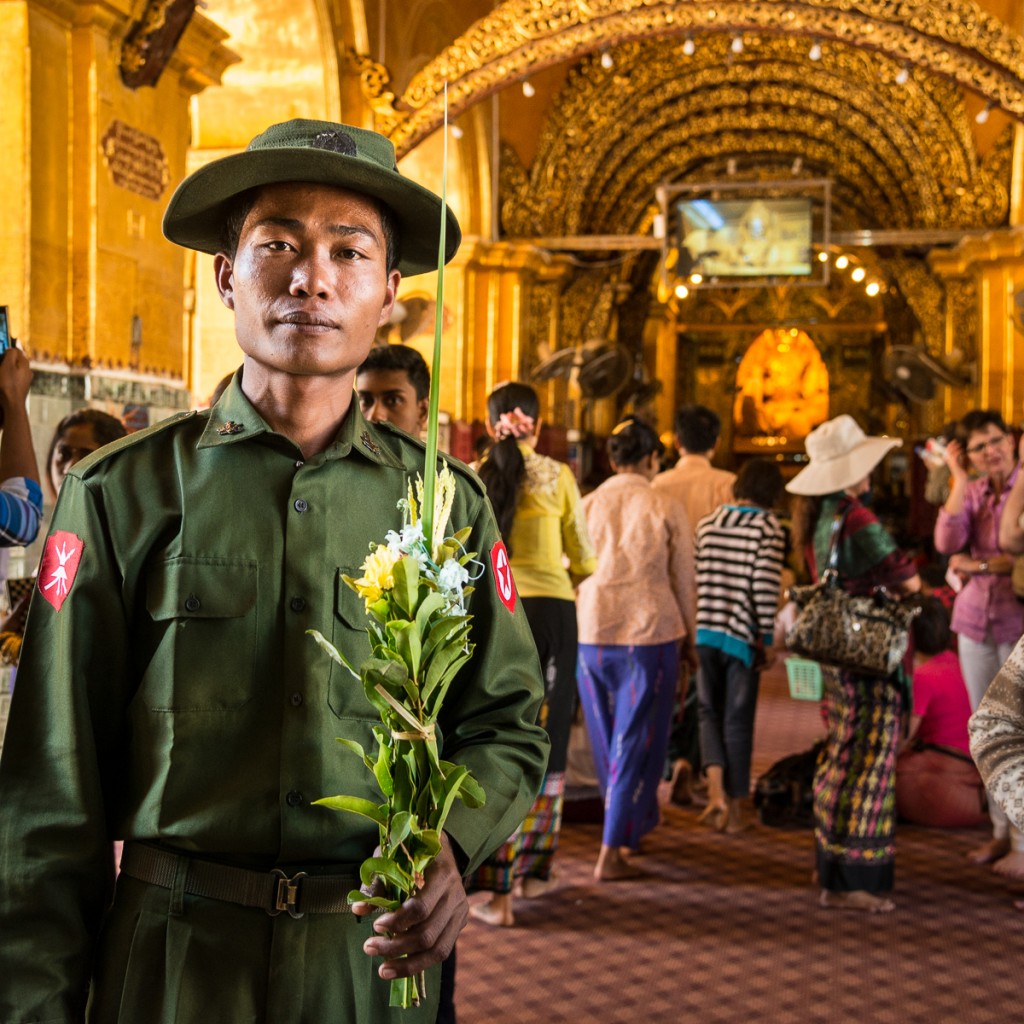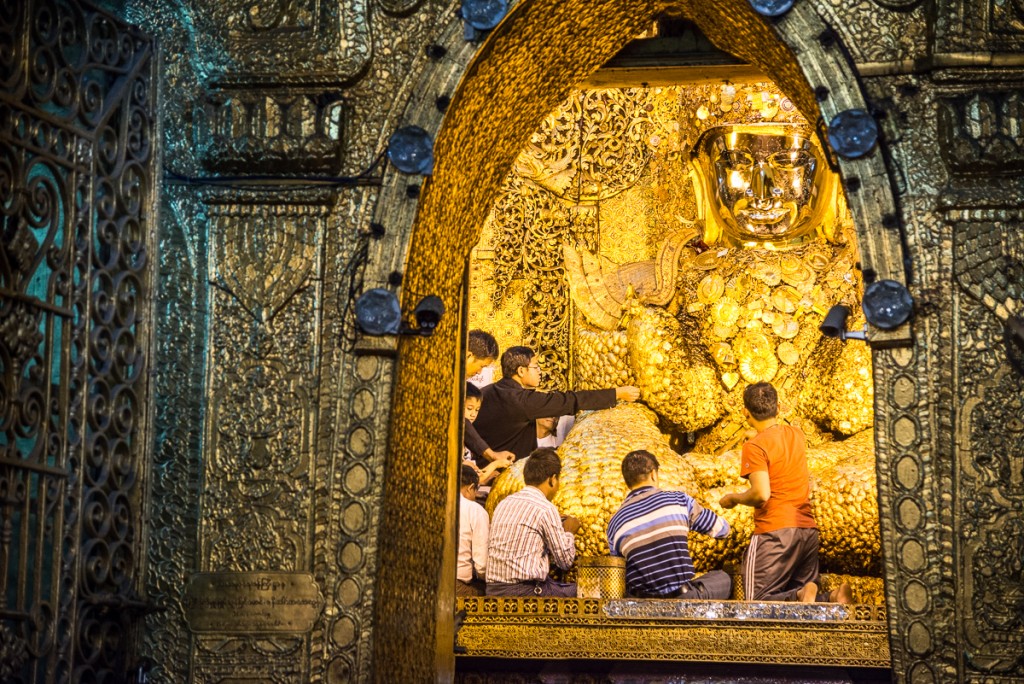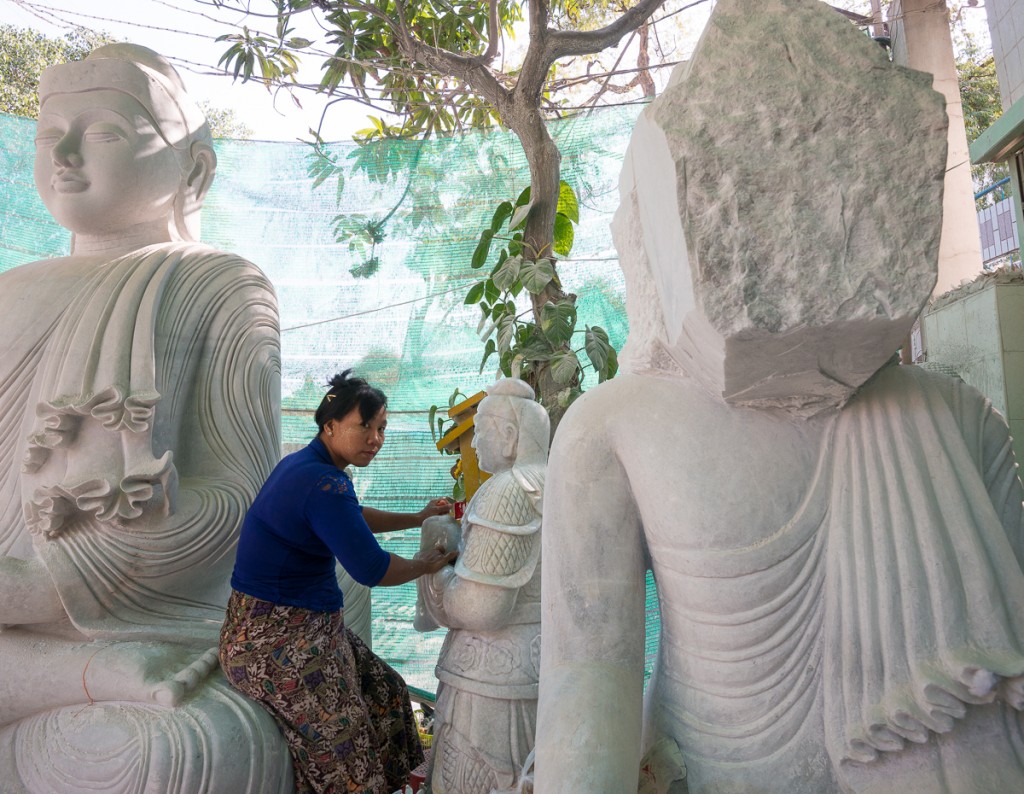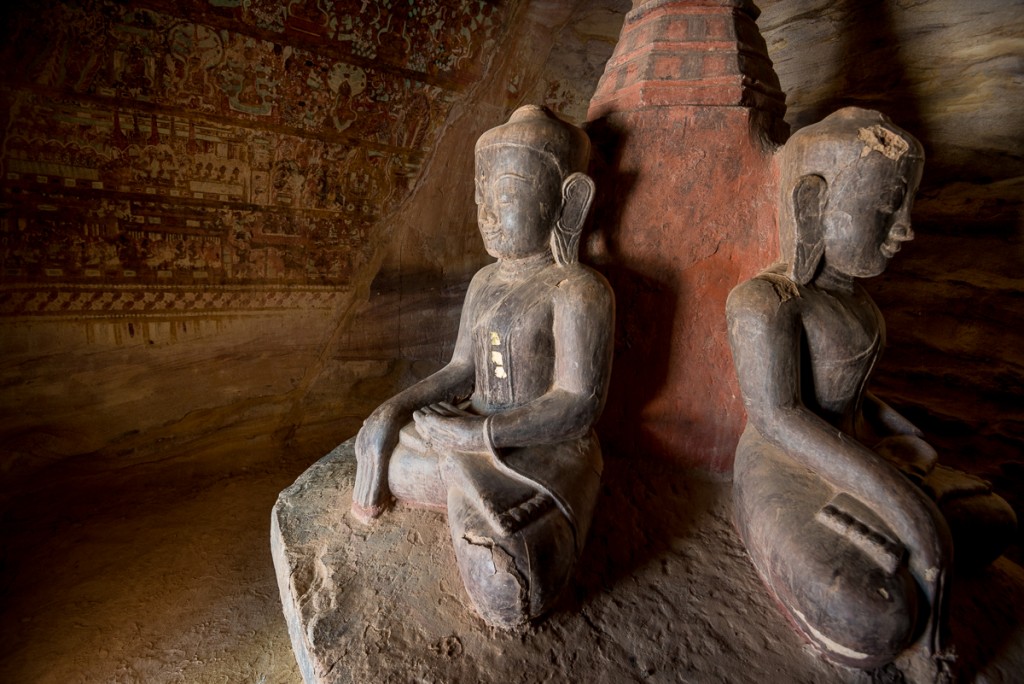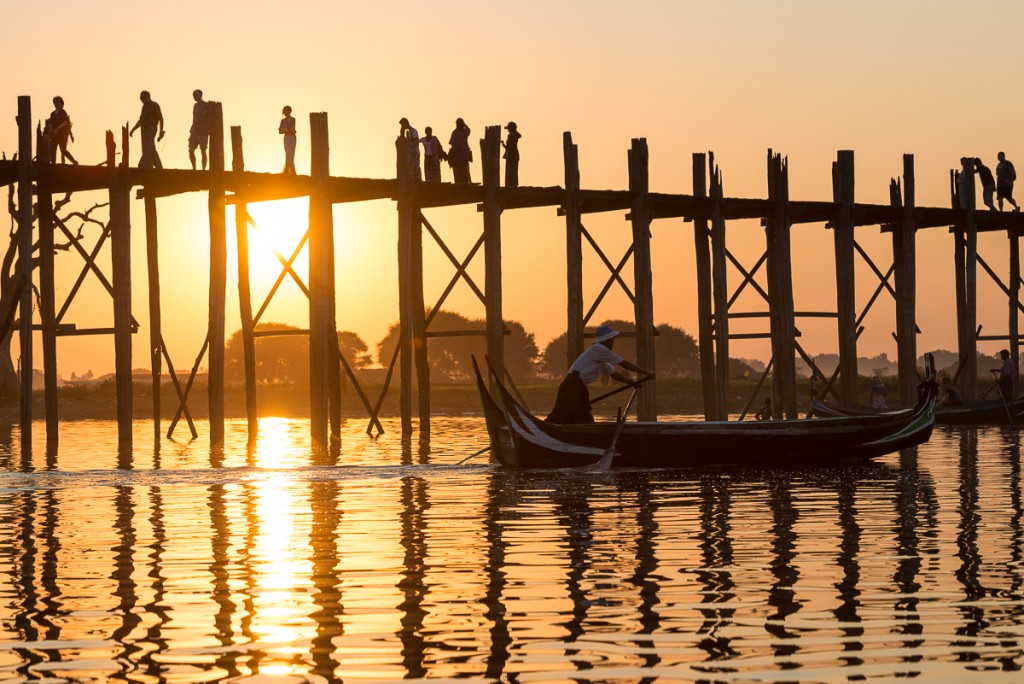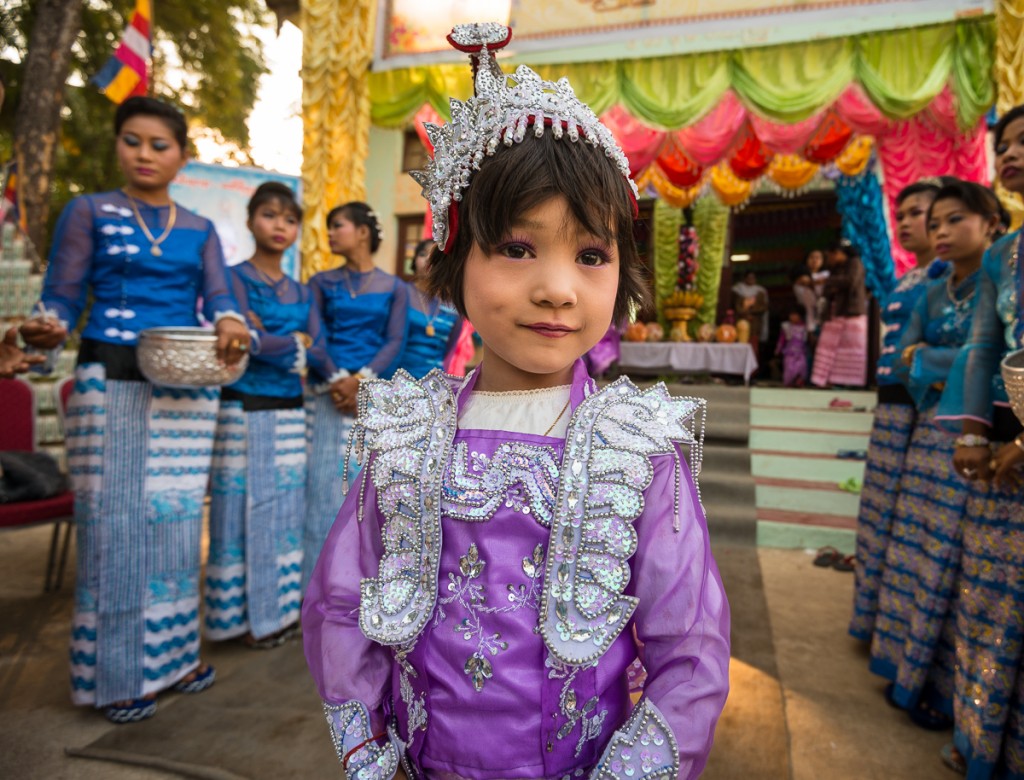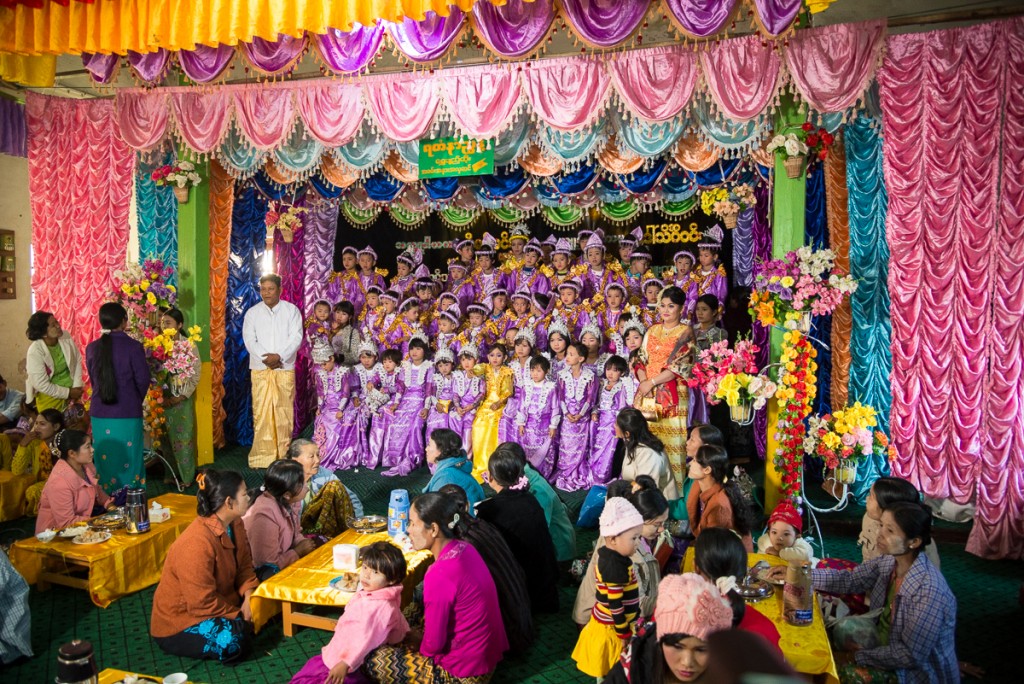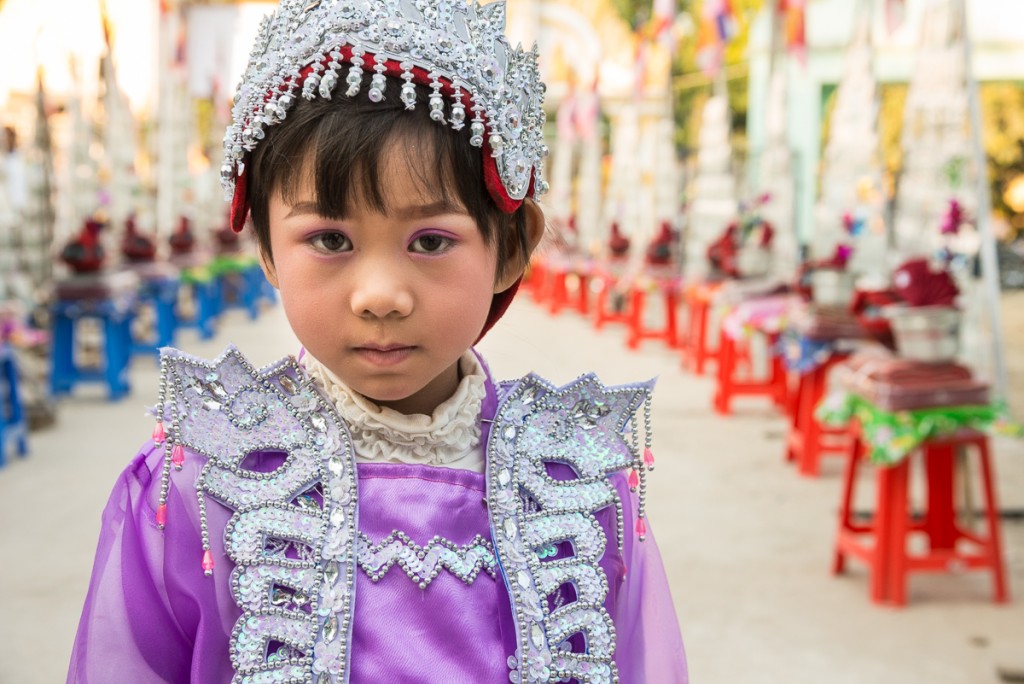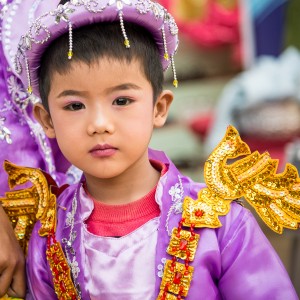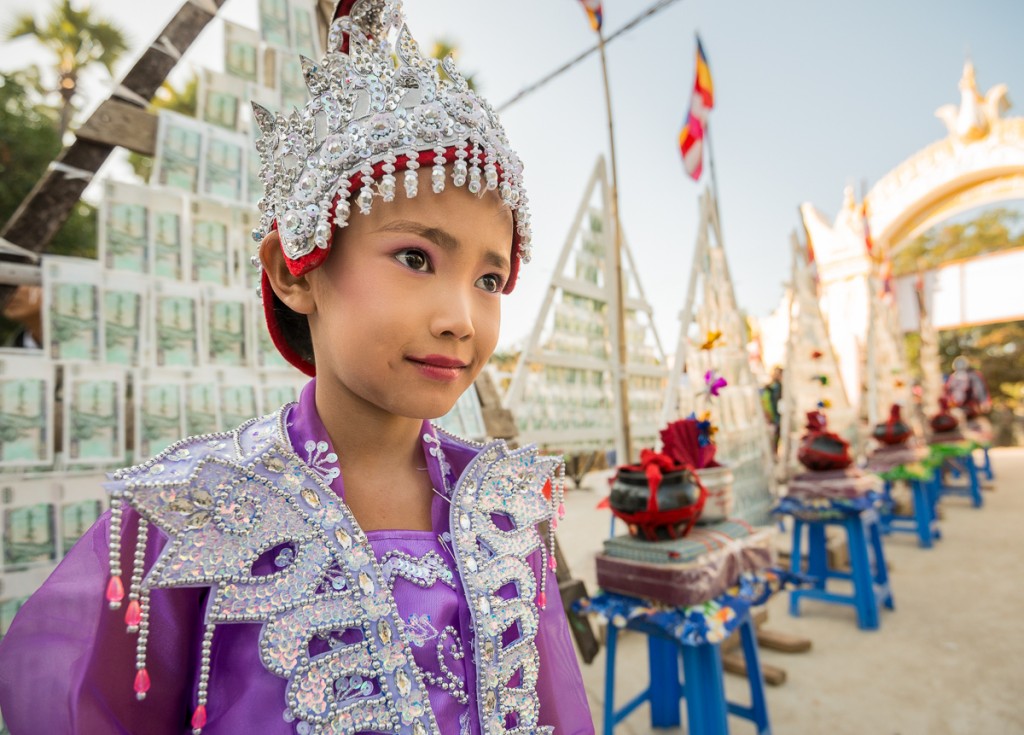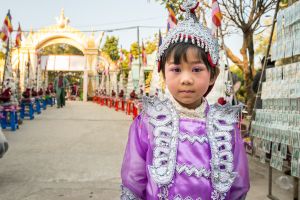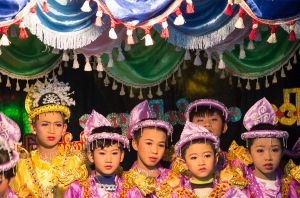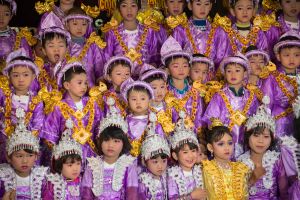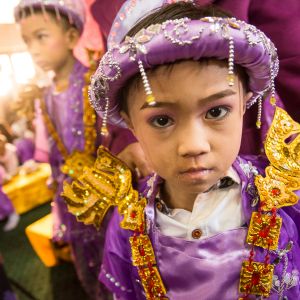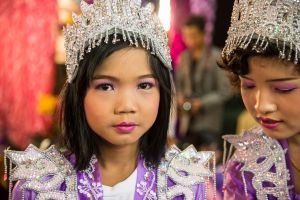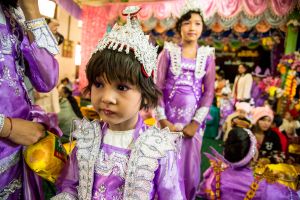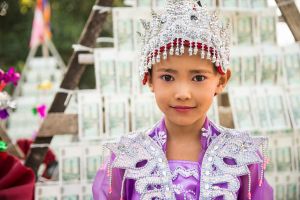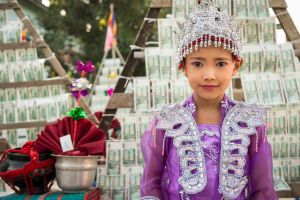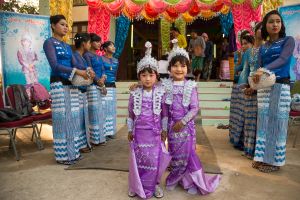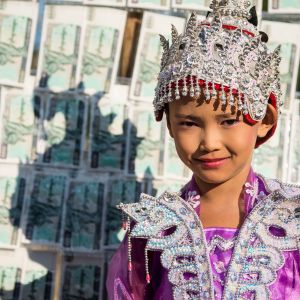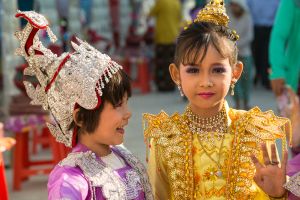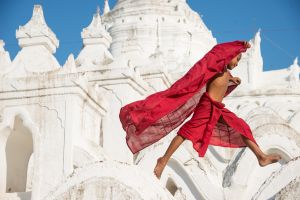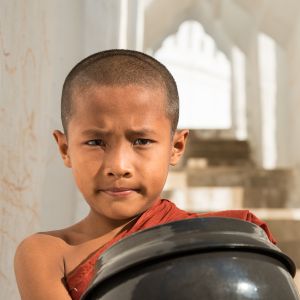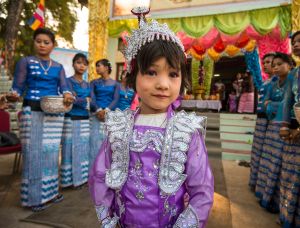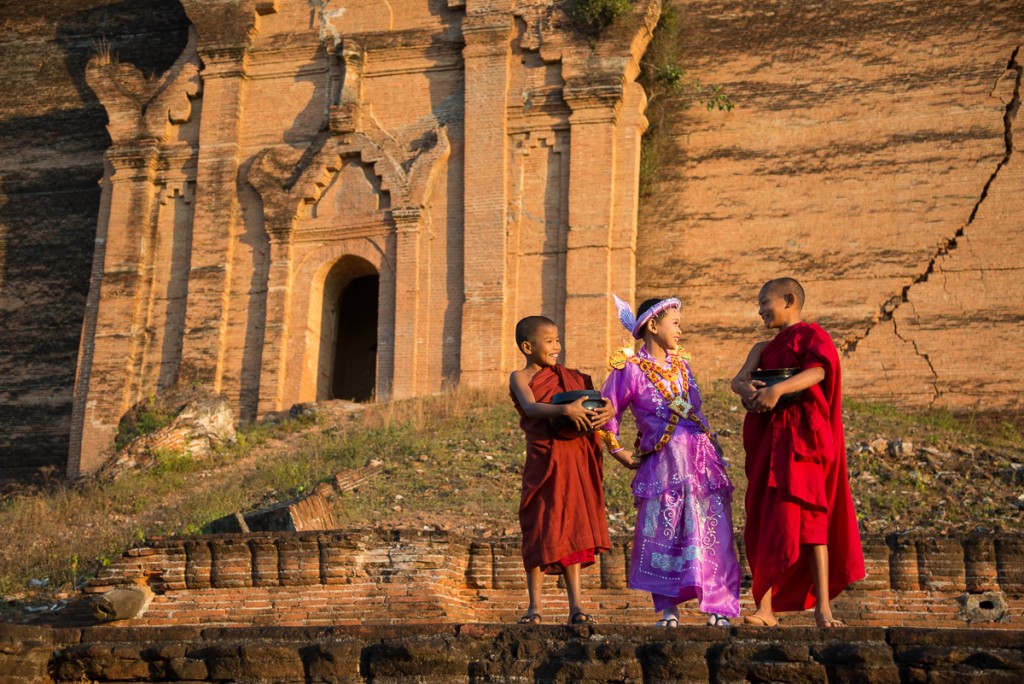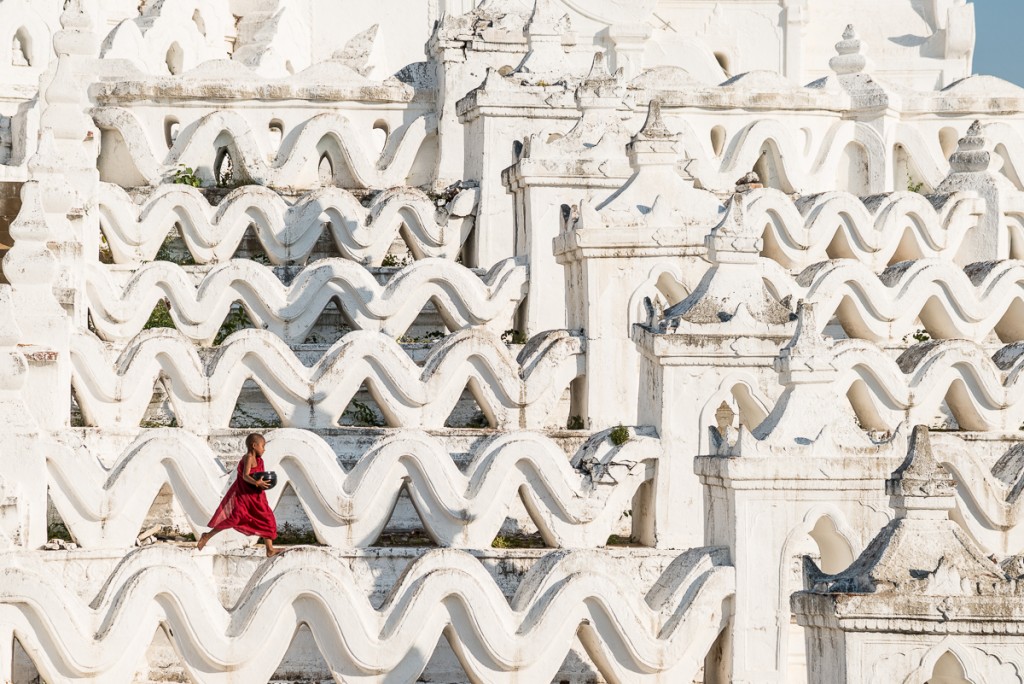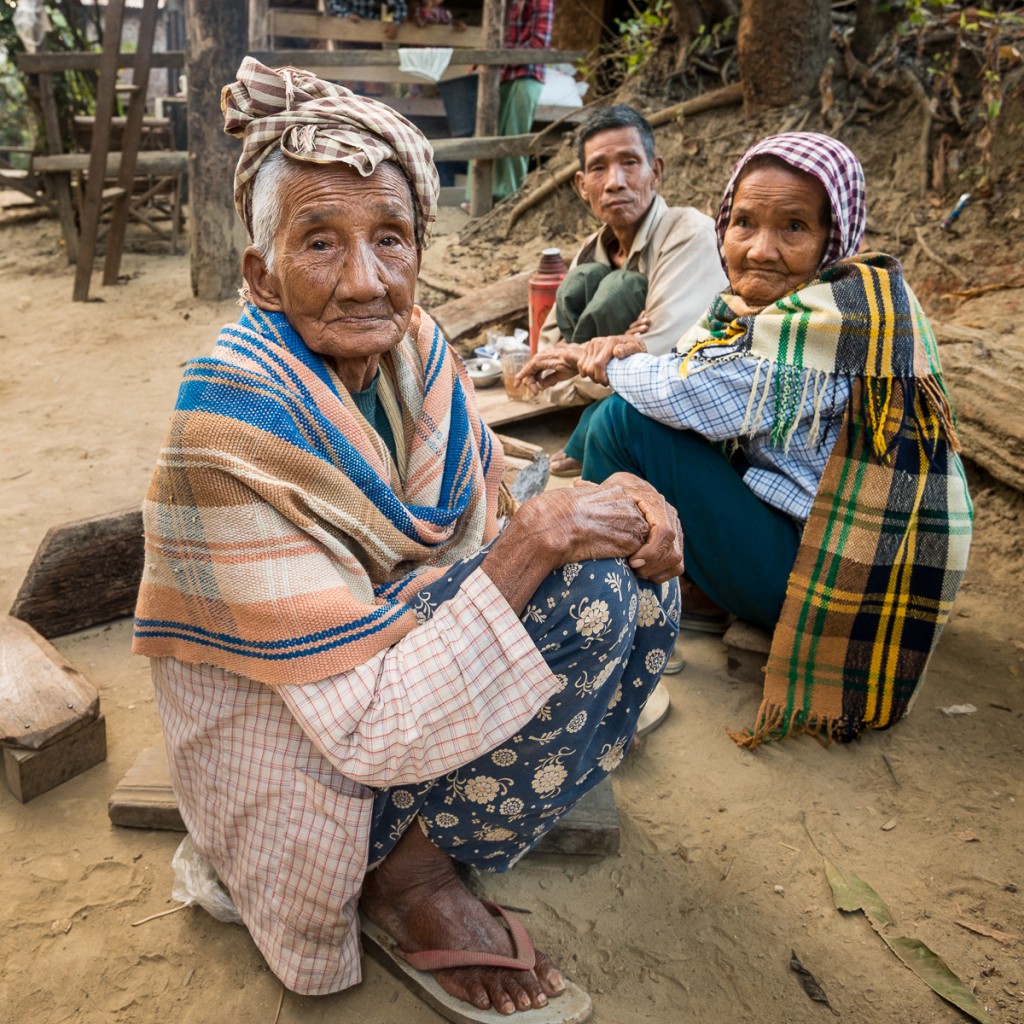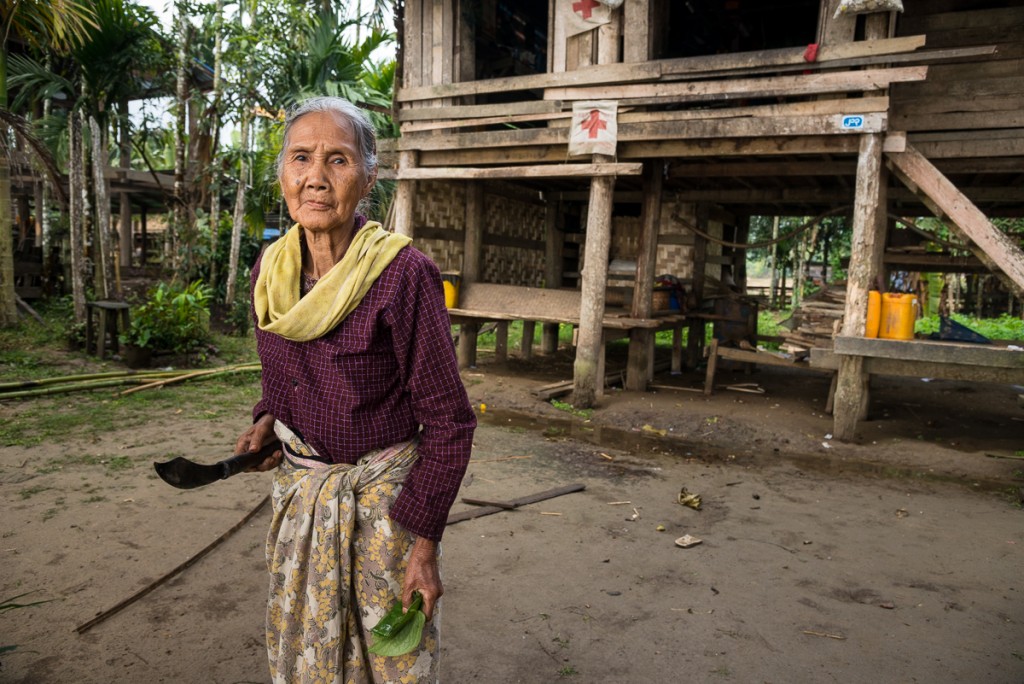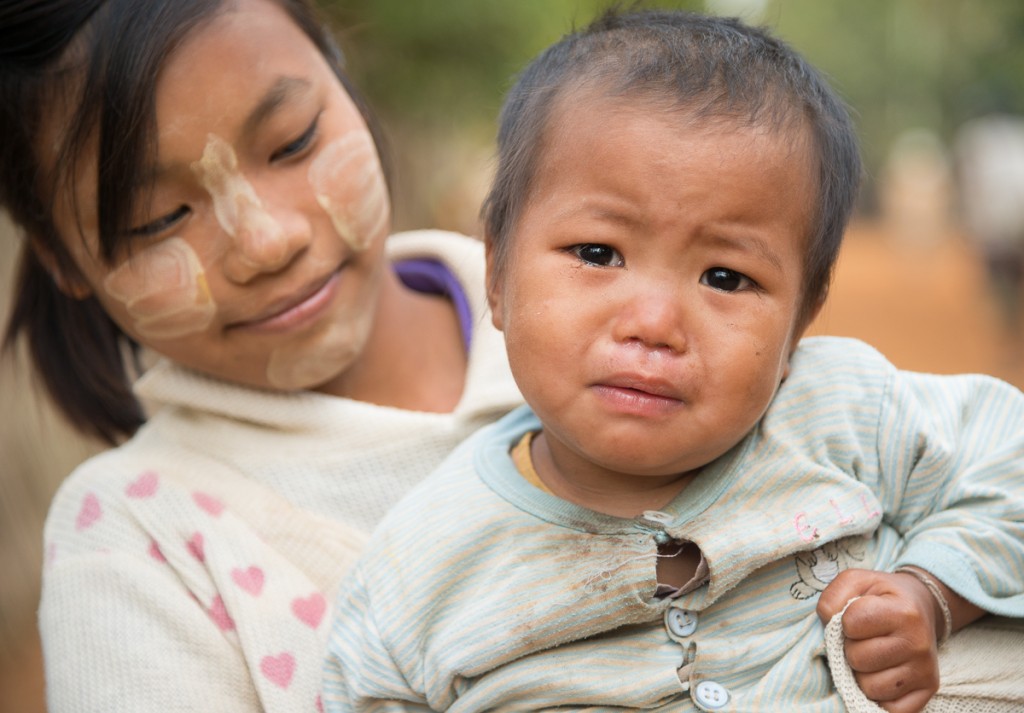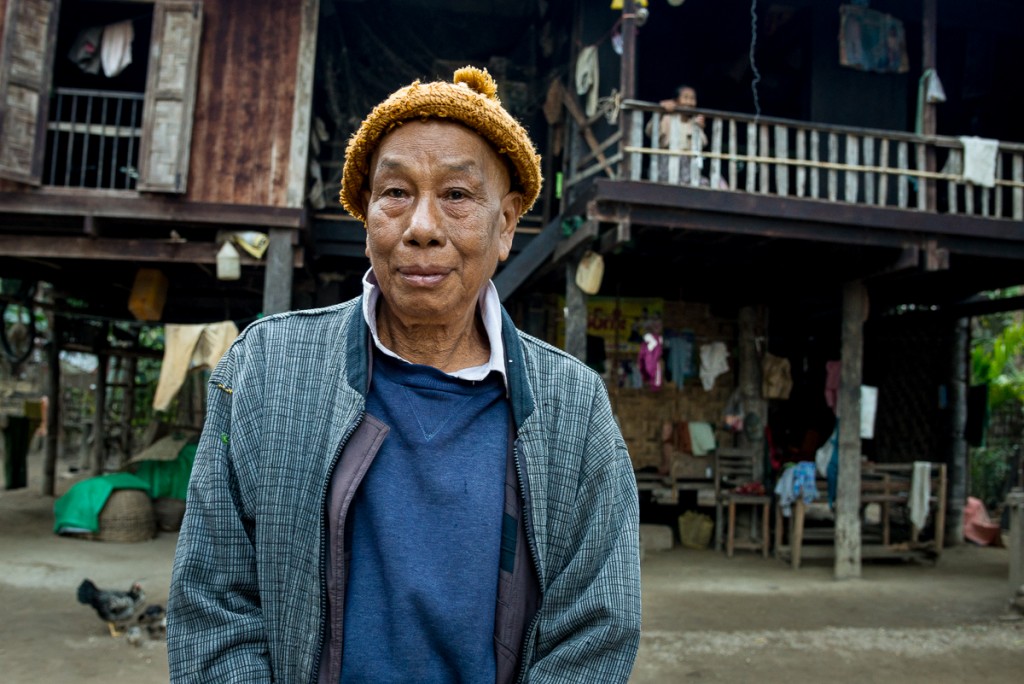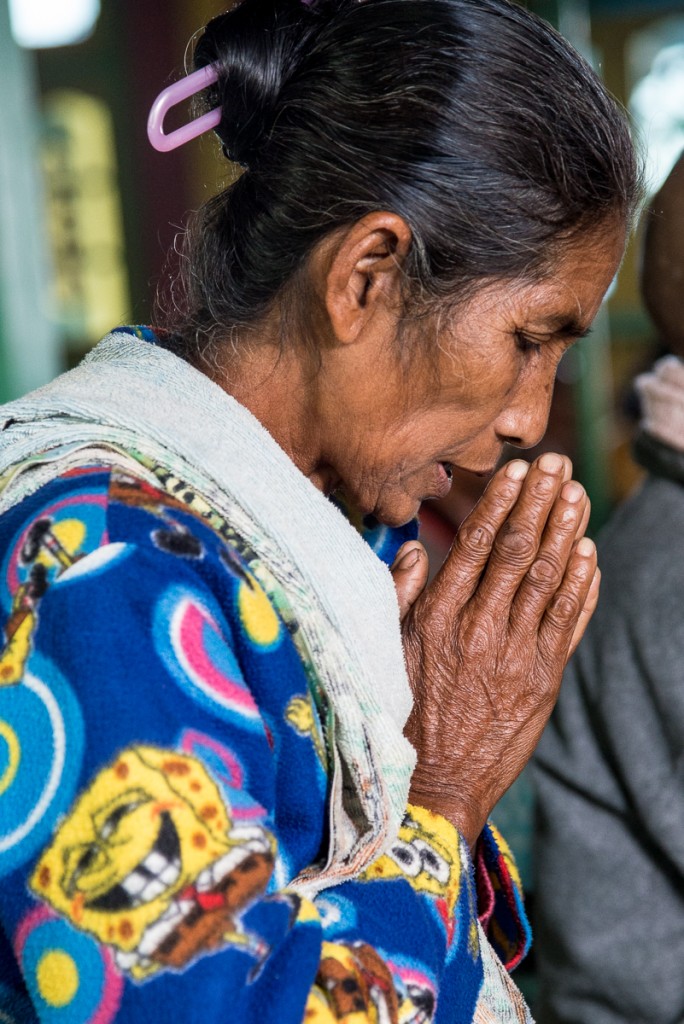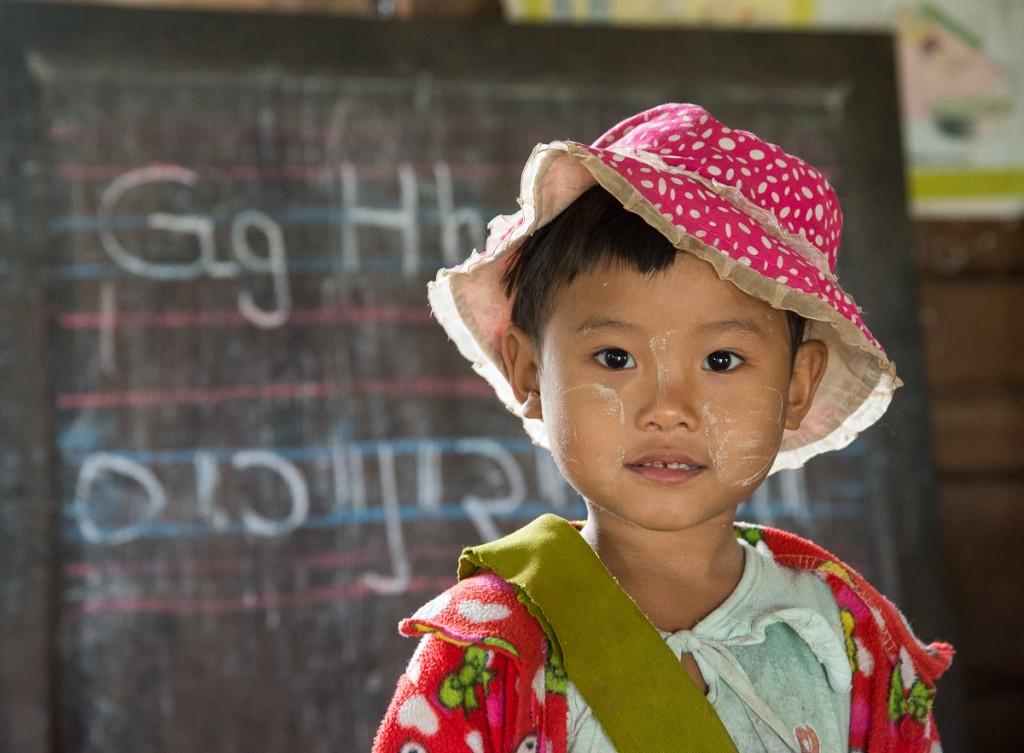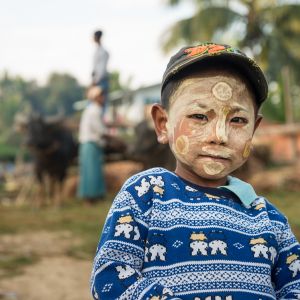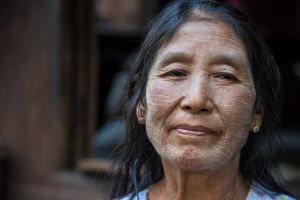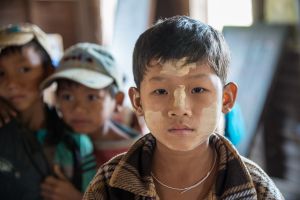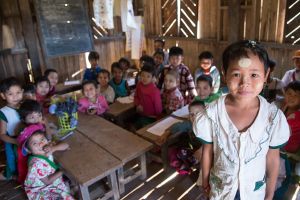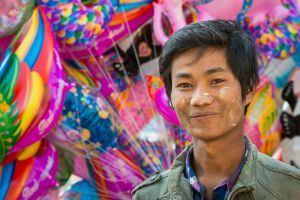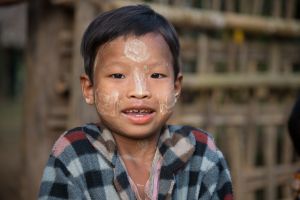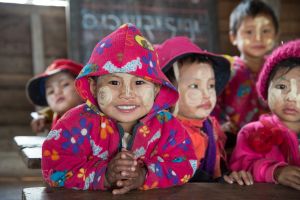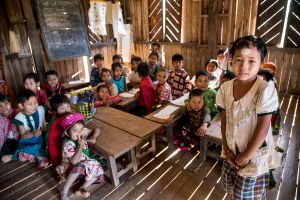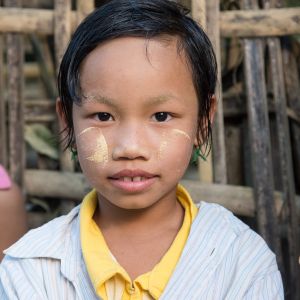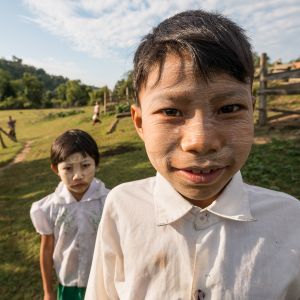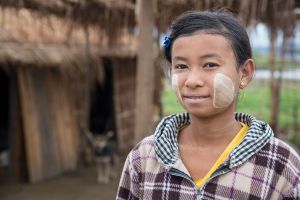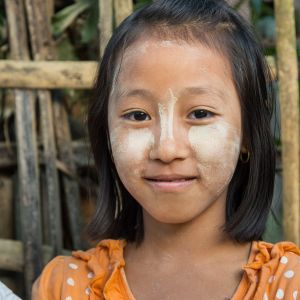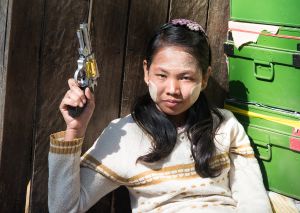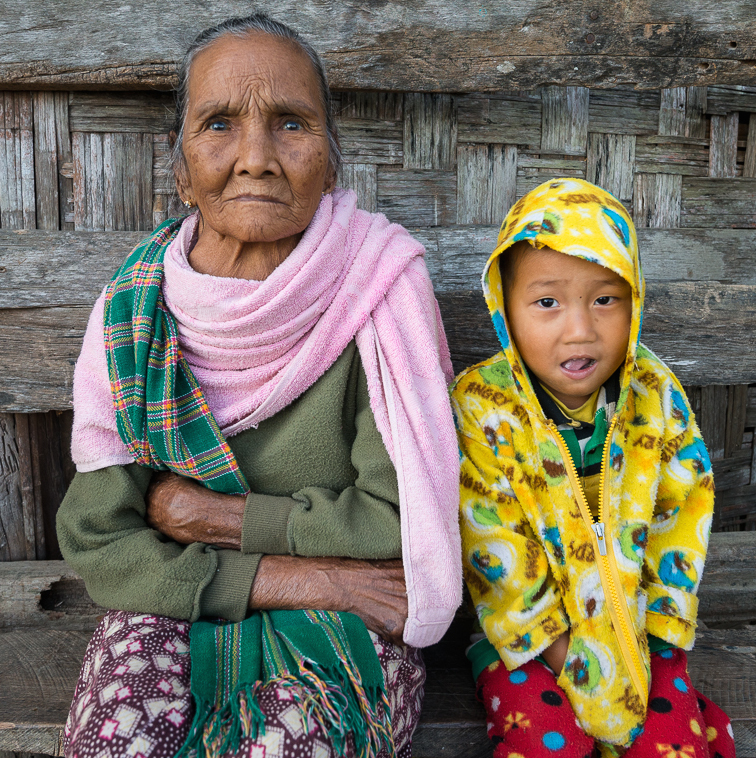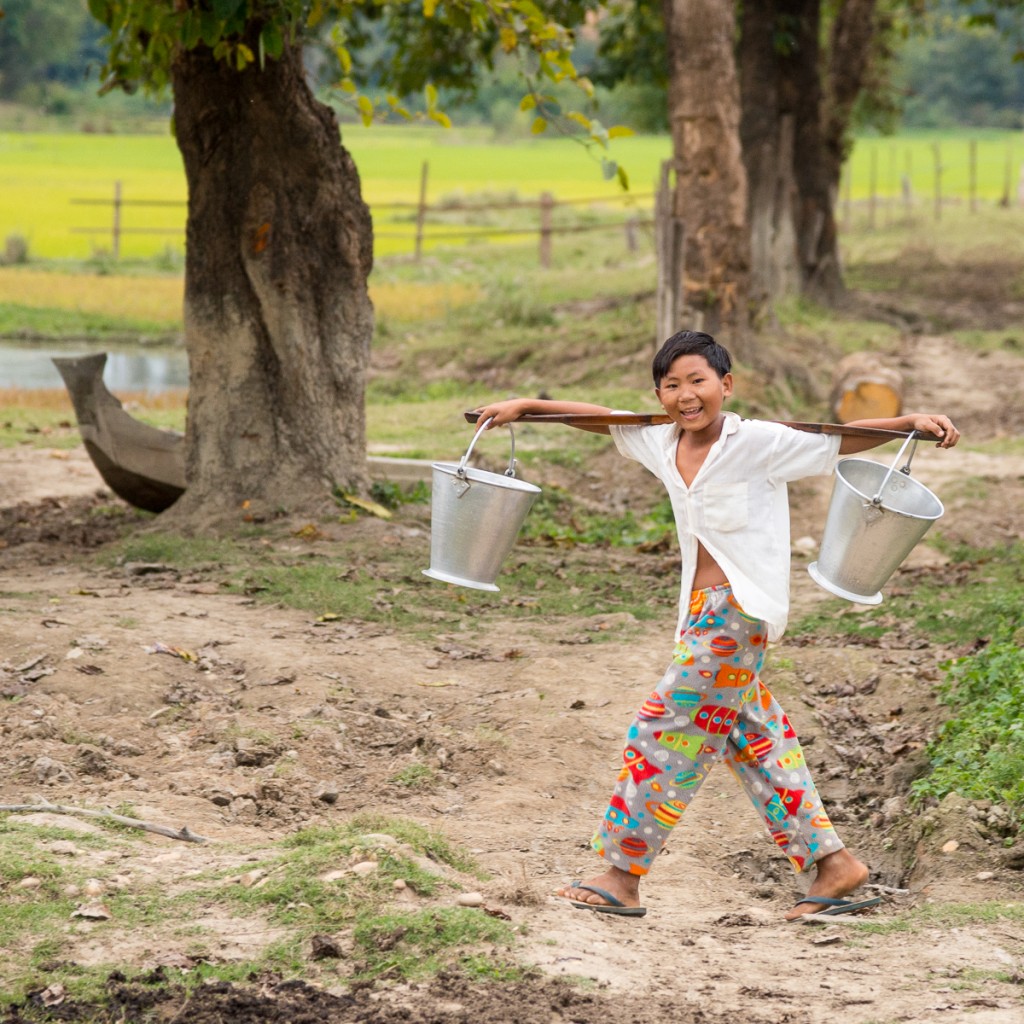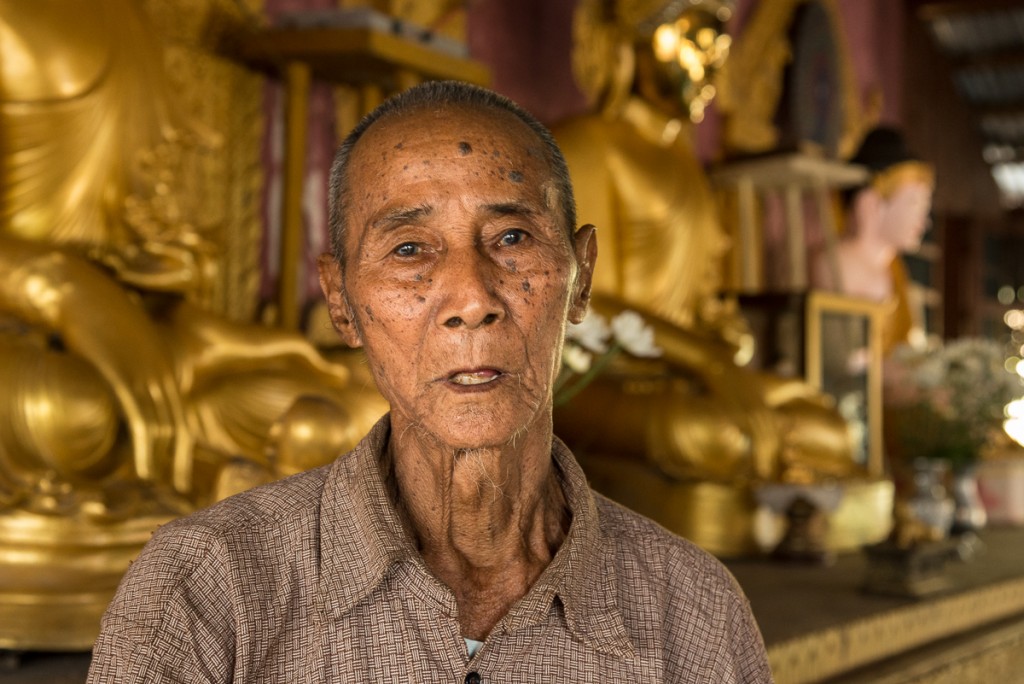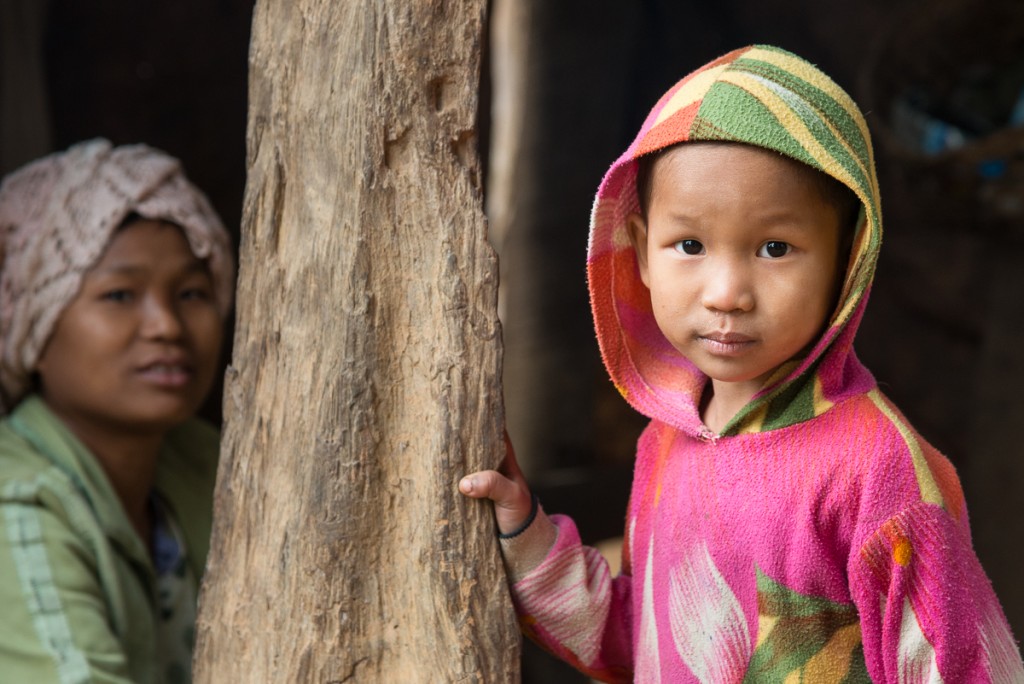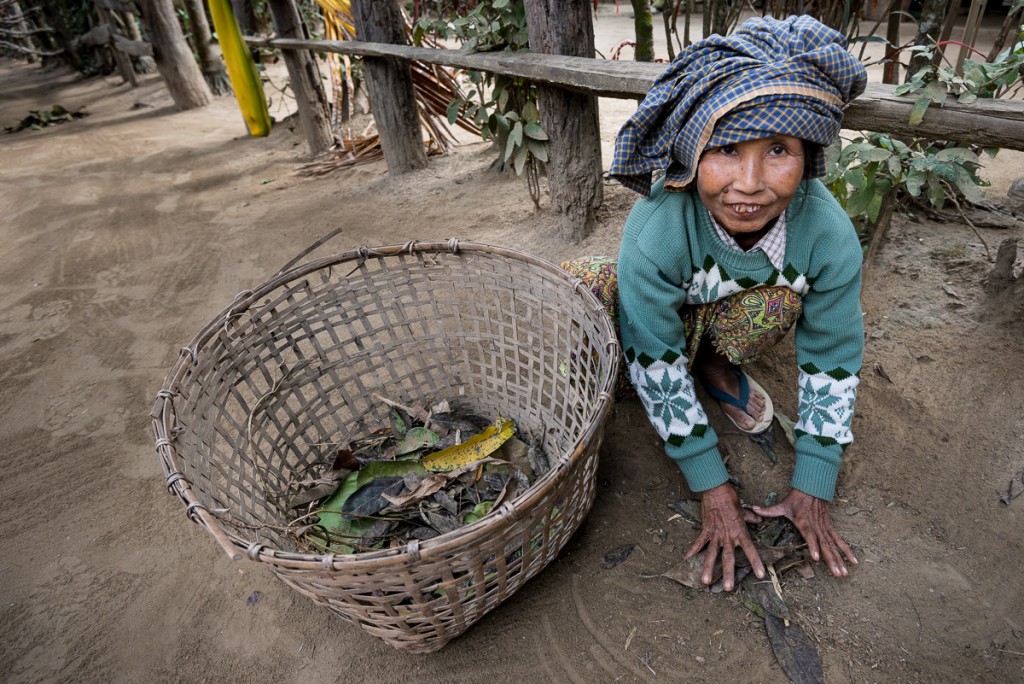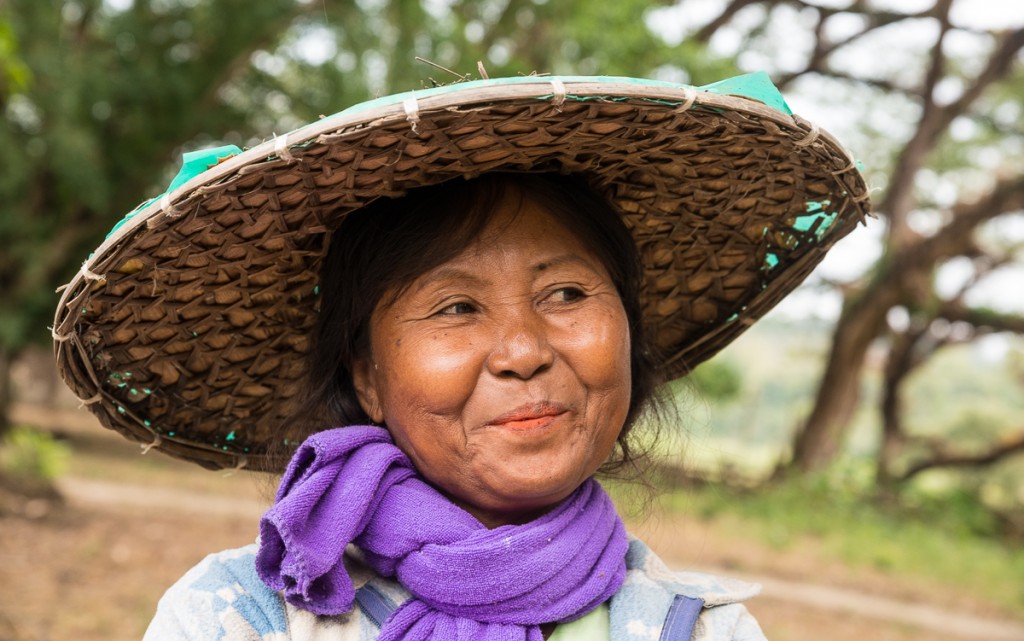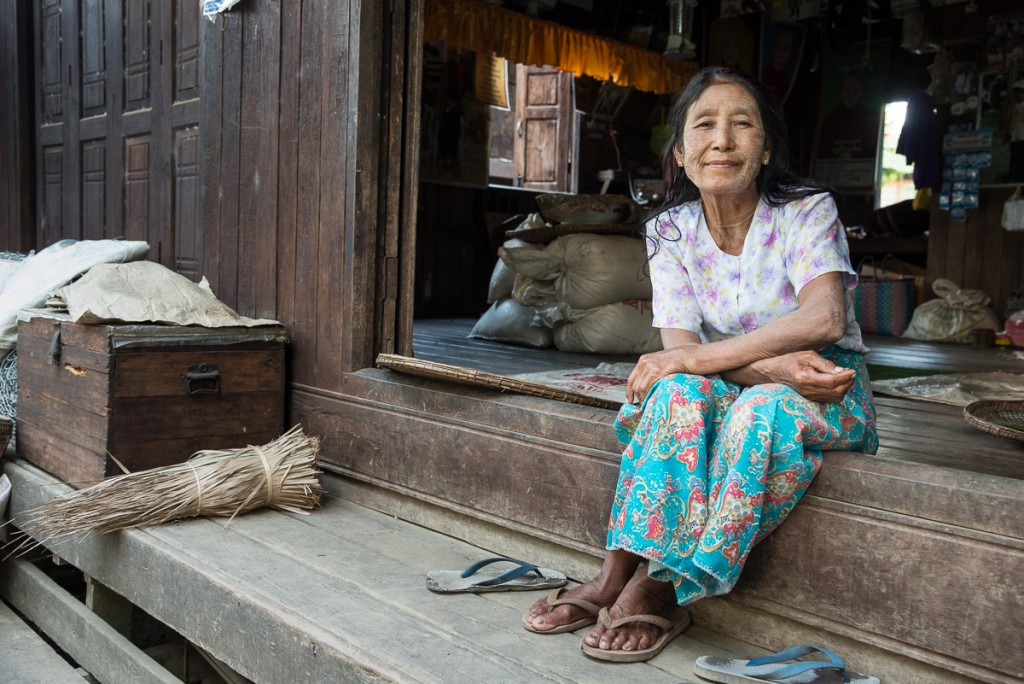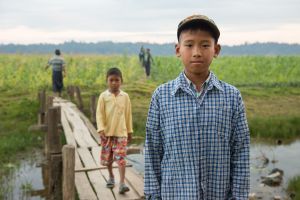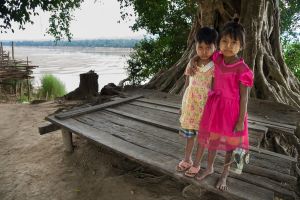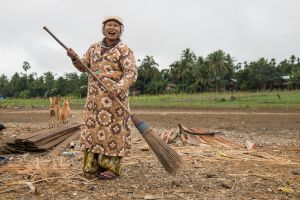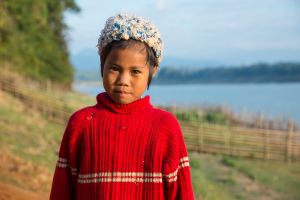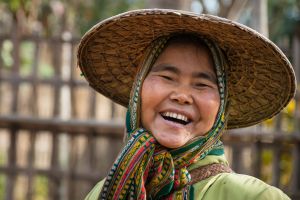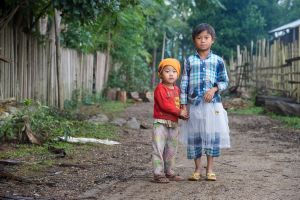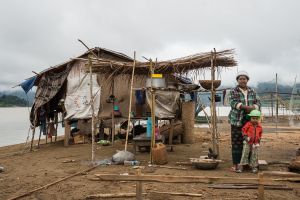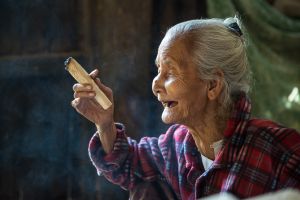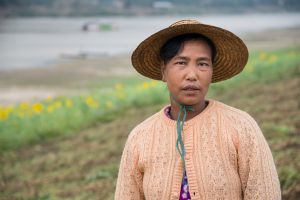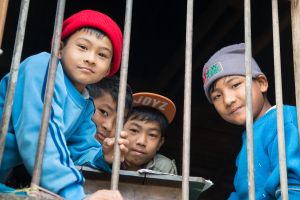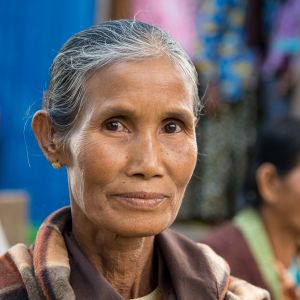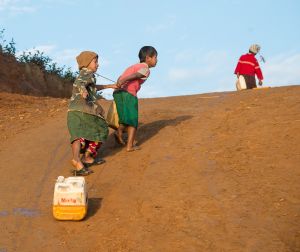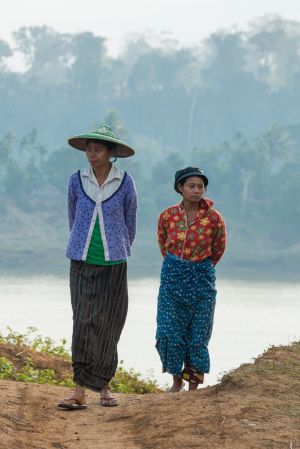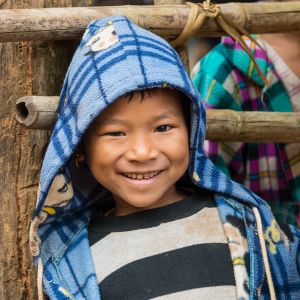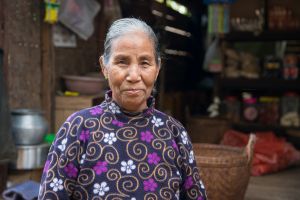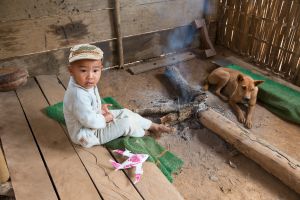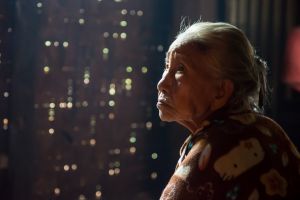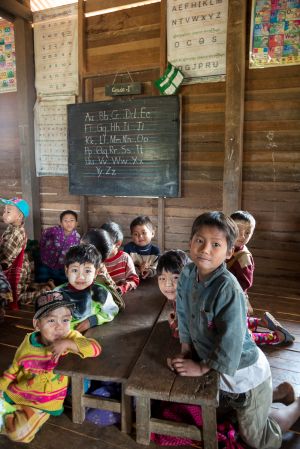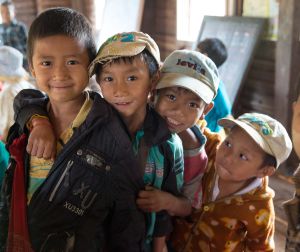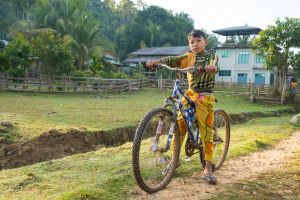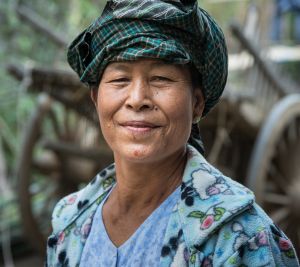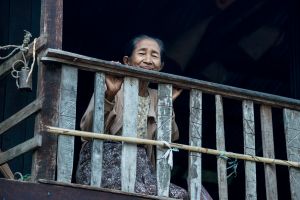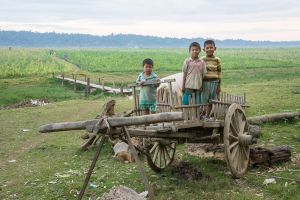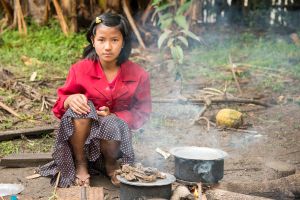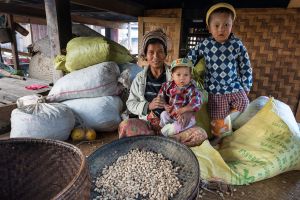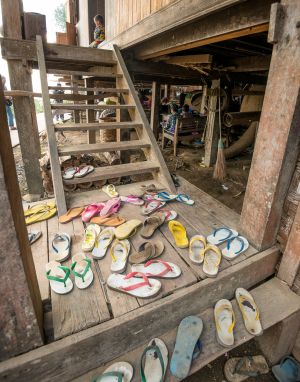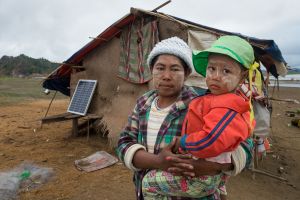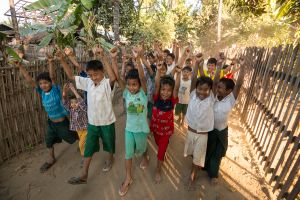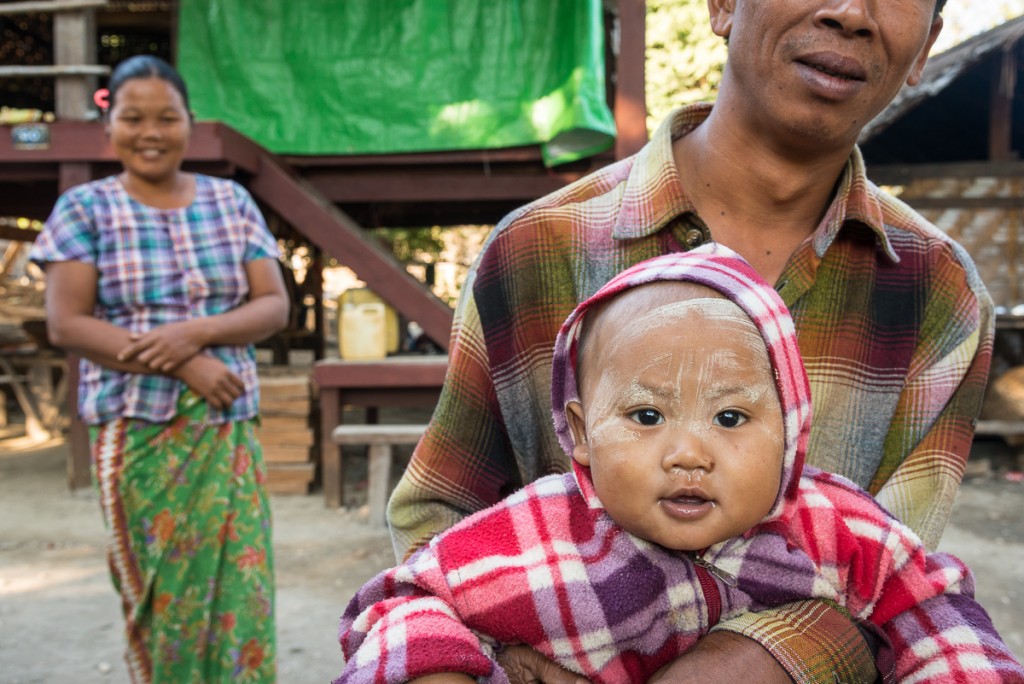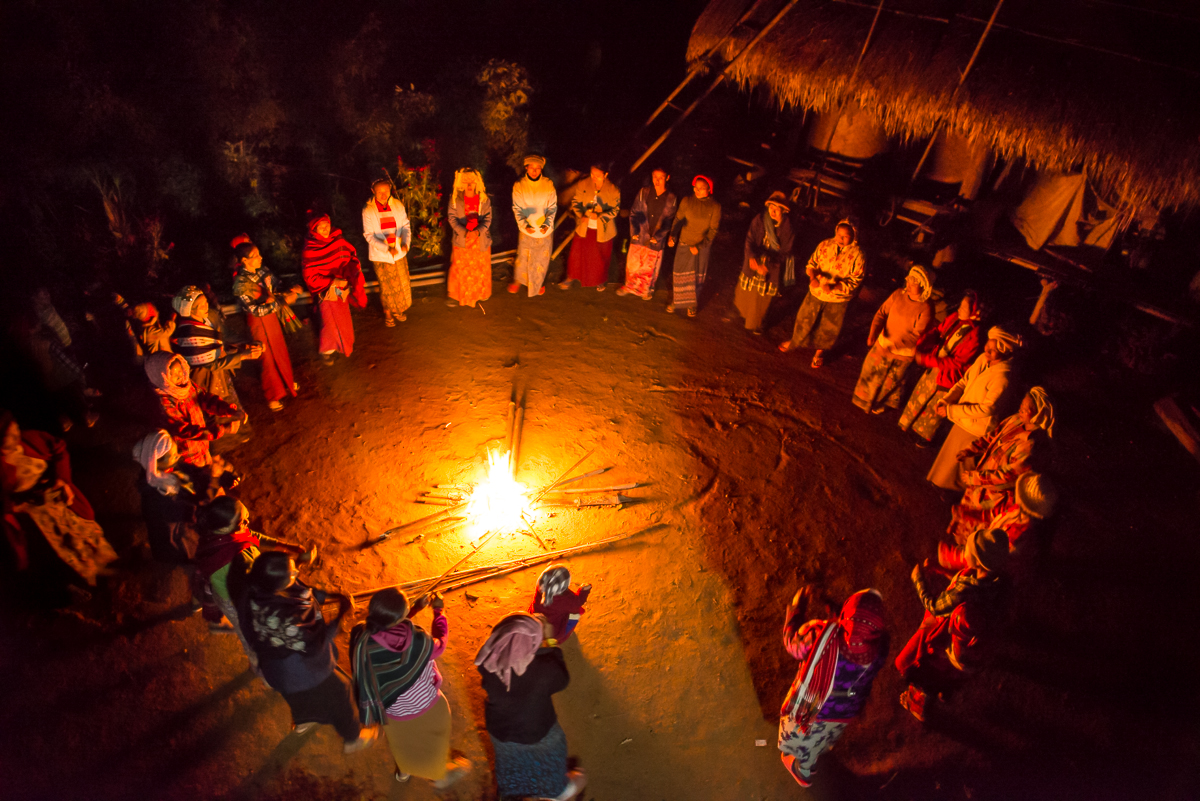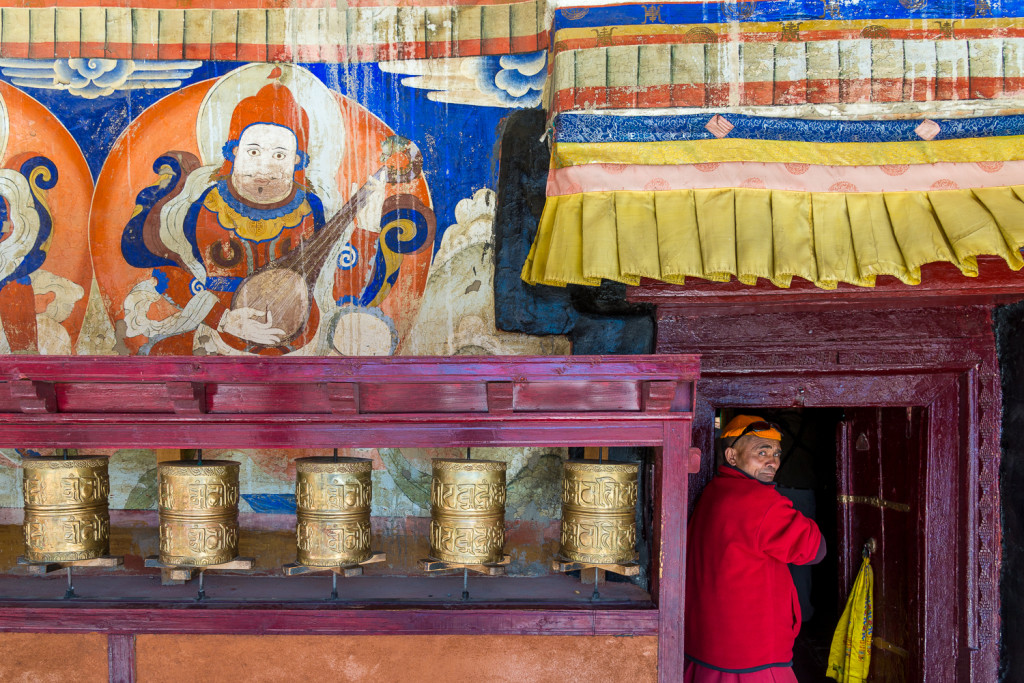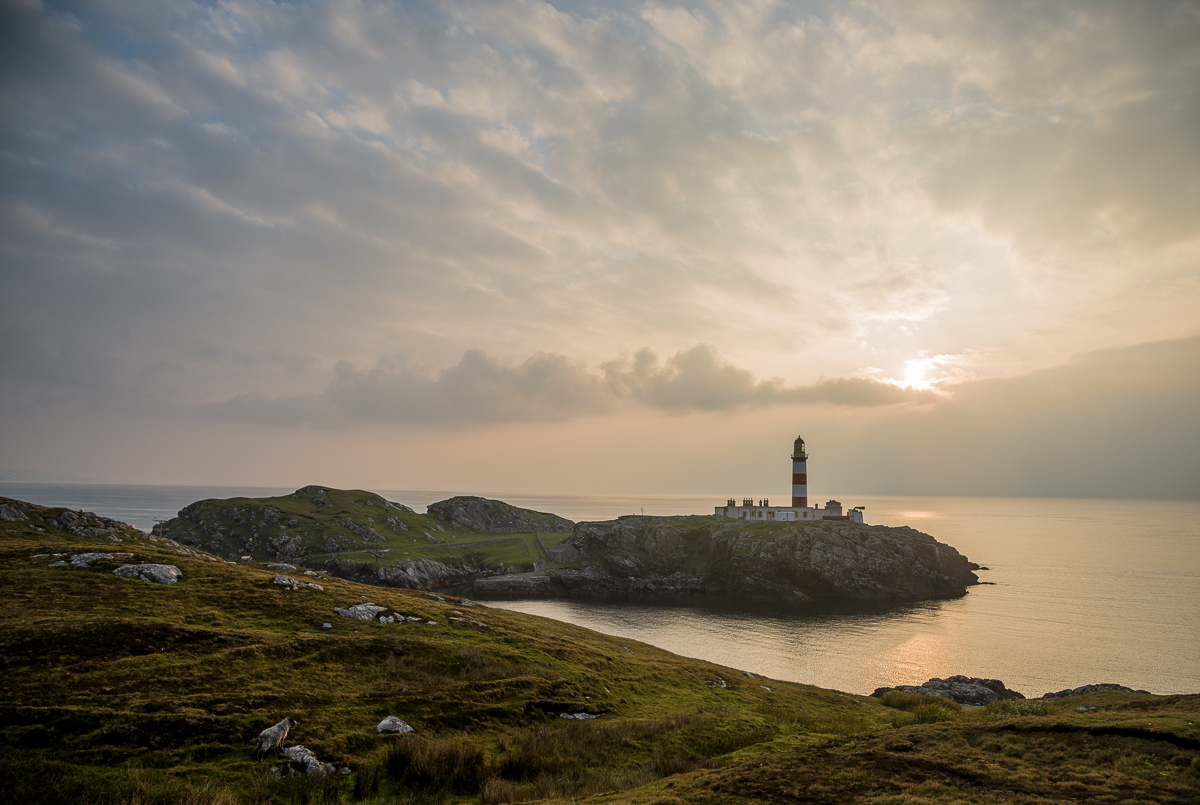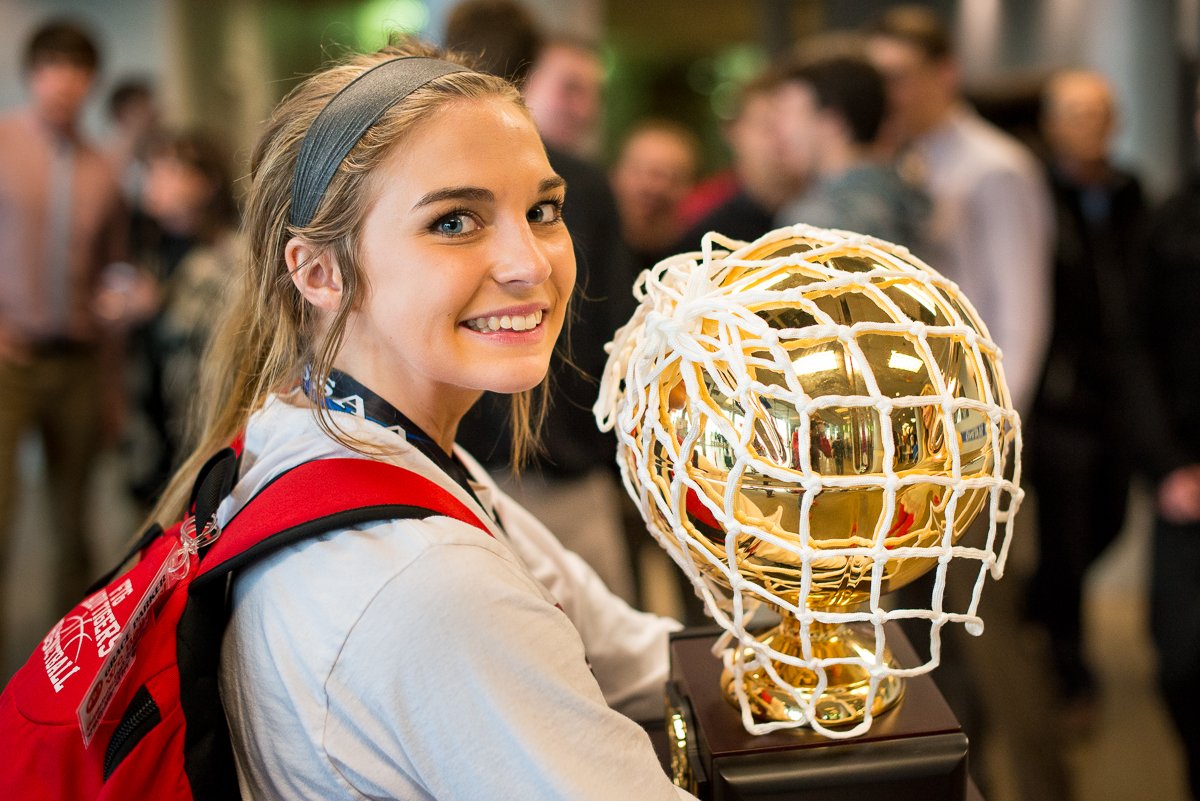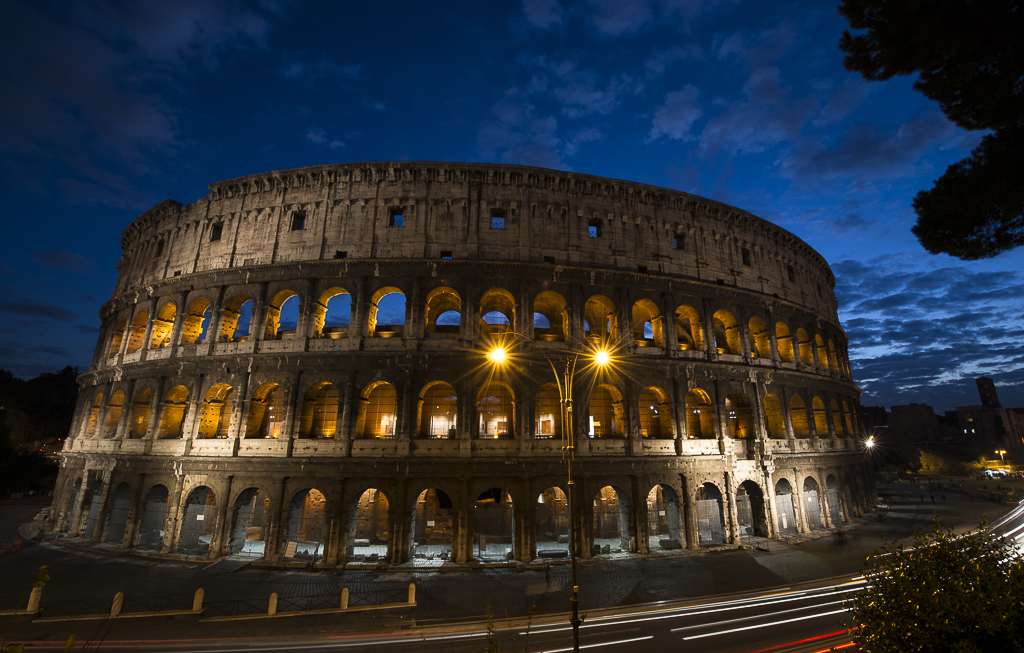(Photo credits here: Mike Short, Scott Humphries, me, and Athlinks!)

The path up to Mosquito Pass goes above 13,000 feet in elevation, and gives a sweeping view back to the west.
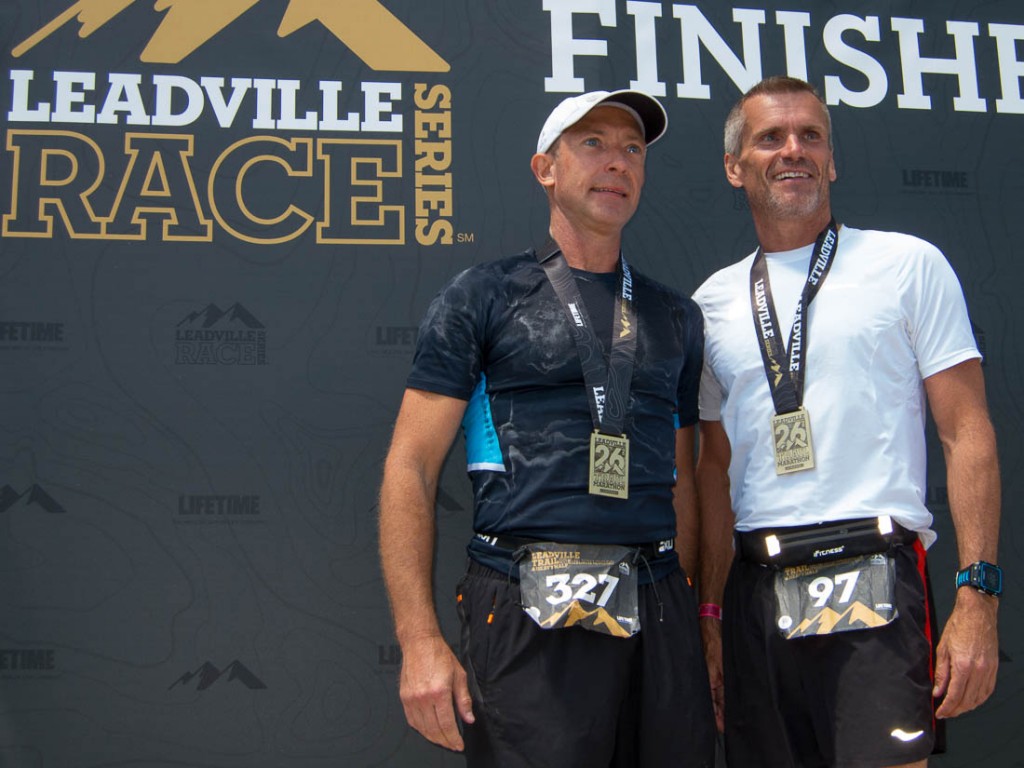
Scott (left) and me, minutes after the finish
The outstanding feature of this year’s Leadville marathon was the snow. In Central Colorado the week before the event, I was snowed on once and hailed on a number of times. The marathon itself had to be re-routed from its traditional course because one section had 8 feet of snow on the trail — in late June!! Part of the “problem,” of course, is that Leadville is at 10,200 feet in elevation, and the marathon takes you above 13,000 feet (as the picture above hints). And it was a big year for snow in the area. Marathon organizers dug out a path up the Mosquito Pass (the signature summit of the event) that sometimes consisted of a narrow (muddy, rocky) passage with 4-5 feet of snow on each side. Another long stretch of “trail” was more like running a riverbed, given the amount of water coming downhill at the runners’ feet.
This was my second Leadville marathon — a 26-mile, 6-hour effort with 6,000 feet of climbs on rugged paths in ridiculously thin air. Even so (and believe it or not), it’s about the shortest, quickest, easiest event they do in Leadville (as prior years’ posts here, here, here, and here reflect). My prior Leadville marathon in 2012 had a MUCH more interesting and amusing finish, but at least my time this year (5:53) was one minute faster– despite the water and snow in the trail. Even better, my inveterate biking and triathlon buddy Scott Humphries got his first taste of Colorado trail running. I needed him to get his feet wet (literally and figuratively) so I could lobby him to join me on even-crazier Leadville quests that may be all but inevitable in years to come.
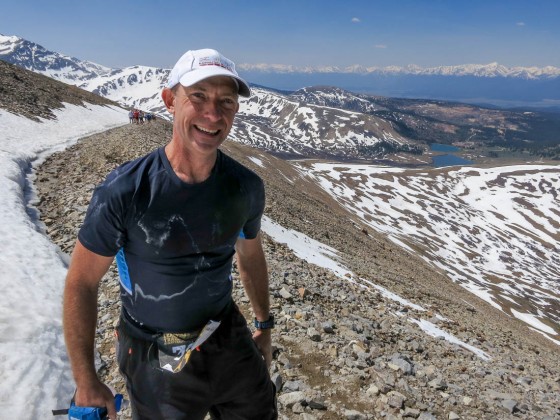 As in past events, I had the benefit of a handful of Superfans who rushed from point to point with a backpack full of Gatorade and snacks for Scott and I. Their heroics required quite a bit of athleticism and Leadville knowledge — just to be active spectators! Big thanks to Shane Merz and to Mike and Christopher Short!
As in past events, I had the benefit of a handful of Superfans who rushed from point to point with a backpack full of Gatorade and snacks for Scott and I. Their heroics required quite a bit of athleticism and Leadville knowledge — just to be active spectators! Big thanks to Shane Merz and to Mike and Christopher Short!


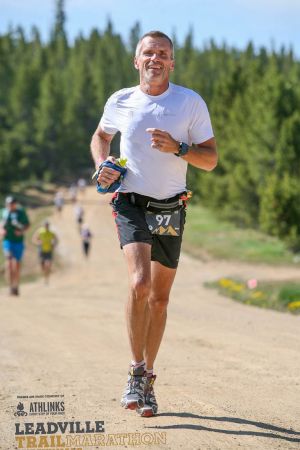
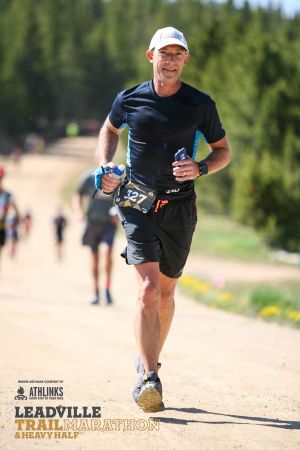
.jpg)
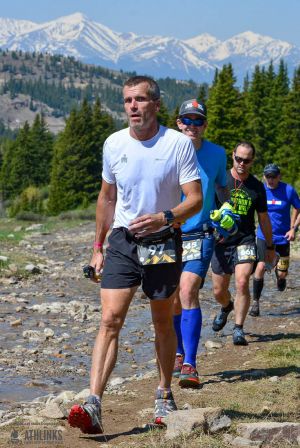


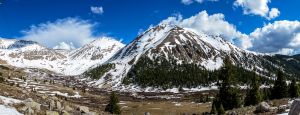

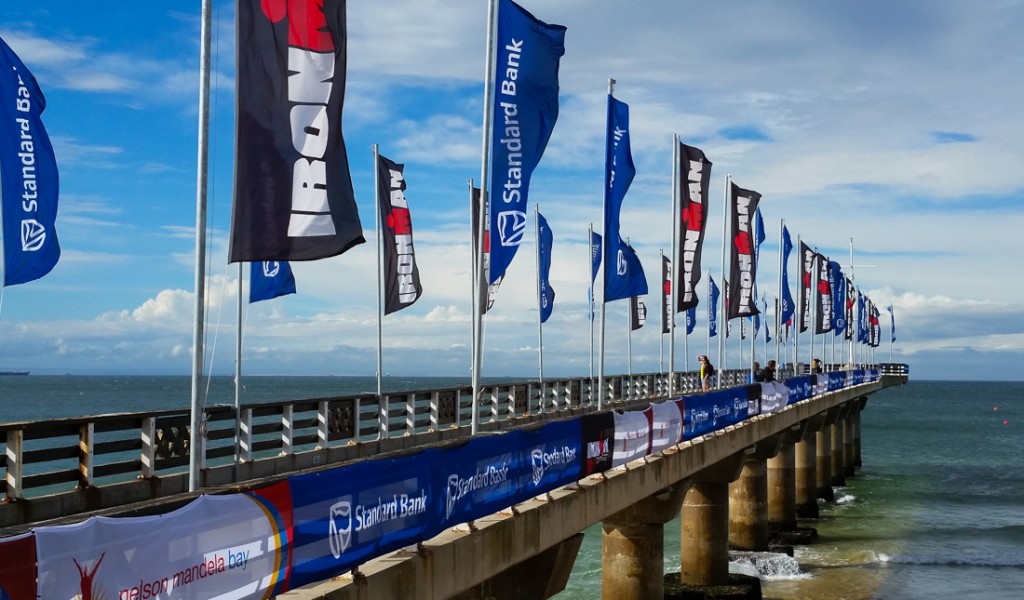
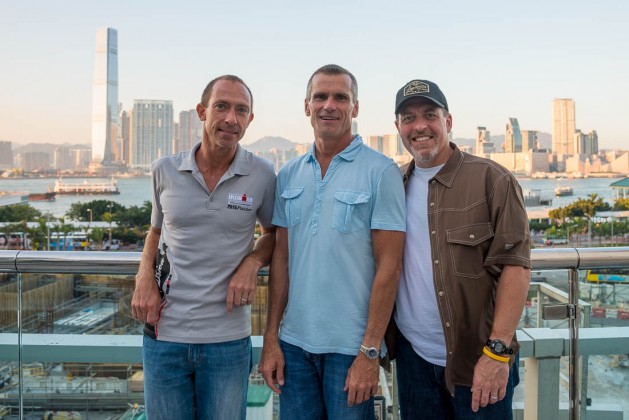
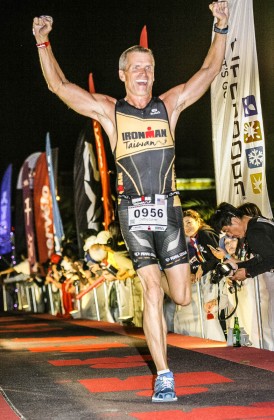
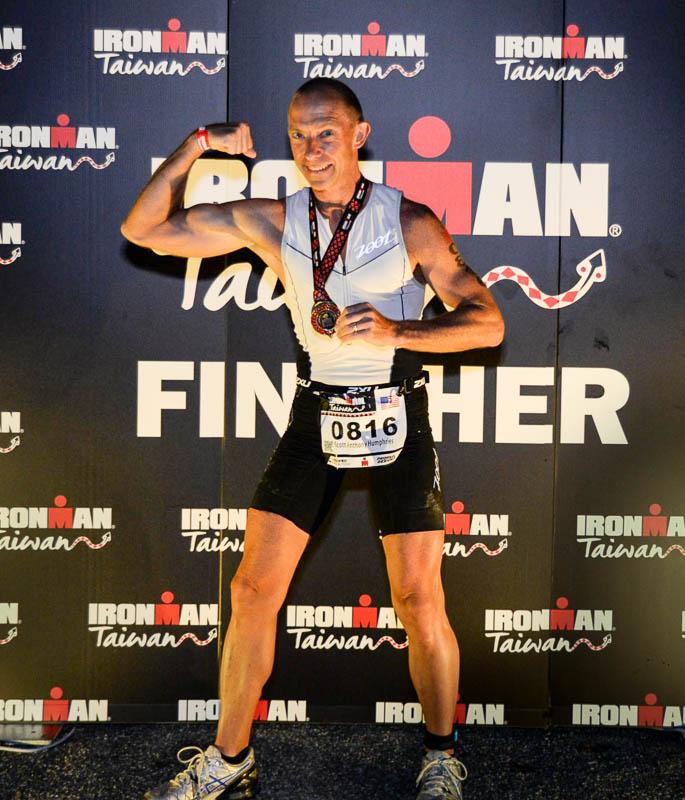
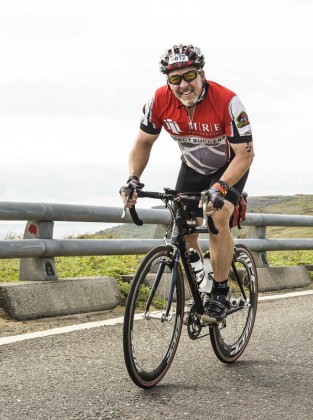
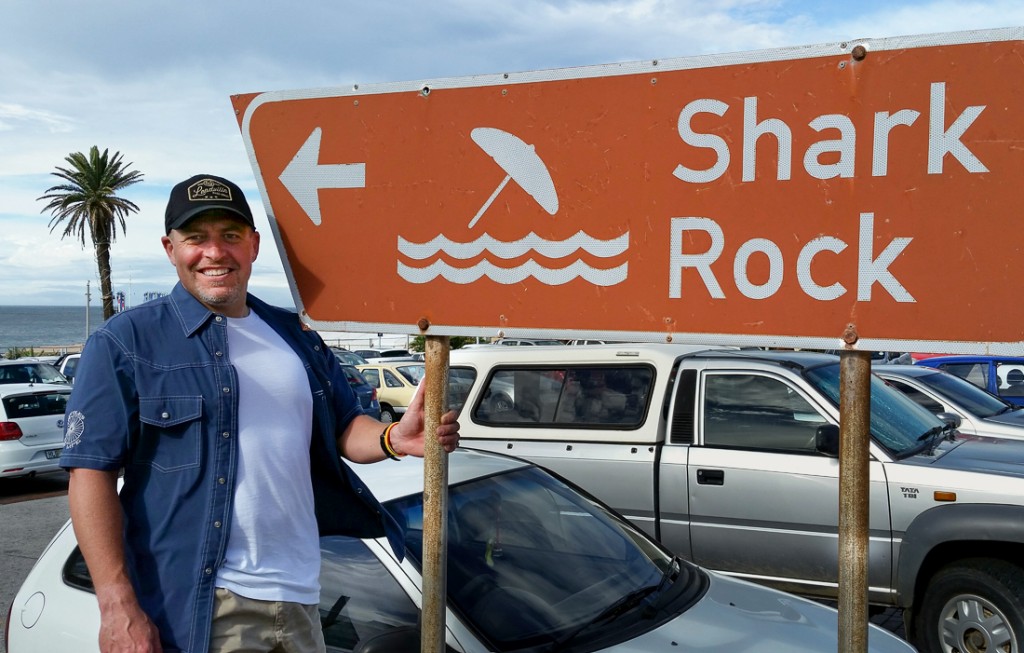 WHO CAN GO THE DISTANCE? WE’LL FIND OUT, IN THE LONG RUN: The races themselves? An Ironman event is a 2.4 mile offshore ocean swim, a 112 mile bike race, then a 26.2 mile (marathon distance) run – all in one day with just 5 minutes or so in between to change your shoes. It usually takes us around 13 hours – starting at sunrise and usually finishing in the dark. The hilly South African bike course was especially brutal (imagine mixing 5,000 feet of vertical climb and nasty winds into those mileages), but at least the area’s much-discussed great white sharks resisted the allure of the nearly 2,000 black-wetsuit-clad swimmers out in Nelson Mandela Bay. (Before the start, the race announcer told us we might be “lucky” enough to see dolphins swimming near us in the bay, so we should look for their dorsal fins. I had a mild suspicion that this was an ingenious fib to prevent widespread panic should anyone spot a shark out there making an otherwise-harmless appearance.)
WHO CAN GO THE DISTANCE? WE’LL FIND OUT, IN THE LONG RUN: The races themselves? An Ironman event is a 2.4 mile offshore ocean swim, a 112 mile bike race, then a 26.2 mile (marathon distance) run – all in one day with just 5 minutes or so in between to change your shoes. It usually takes us around 13 hours – starting at sunrise and usually finishing in the dark. The hilly South African bike course was especially brutal (imagine mixing 5,000 feet of vertical climb and nasty winds into those mileages), but at least the area’s much-discussed great white sharks resisted the allure of the nearly 2,000 black-wetsuit-clad swimmers out in Nelson Mandela Bay. (Before the start, the race announcer told us we might be “lucky” enough to see dolphins swimming near us in the bay, so we should look for their dorsal fins. I had a mild suspicion that this was an ingenious fib to prevent widespread panic should anyone spot a shark out there making an otherwise-harmless appearance.)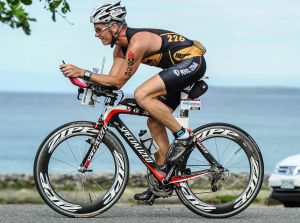
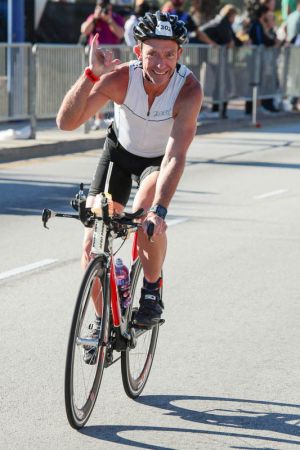
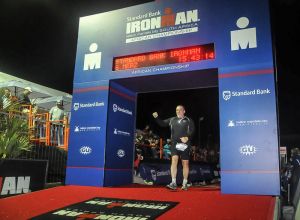

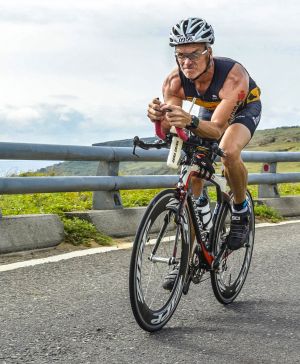
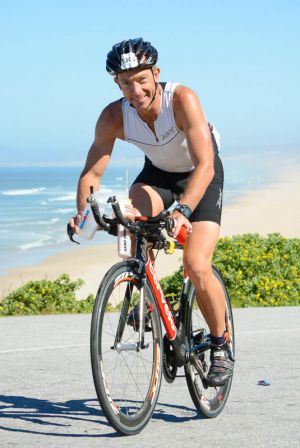
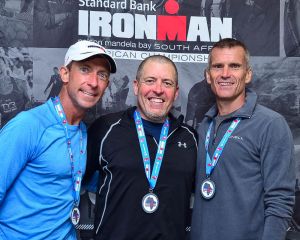
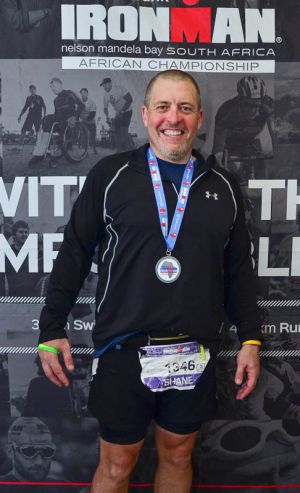
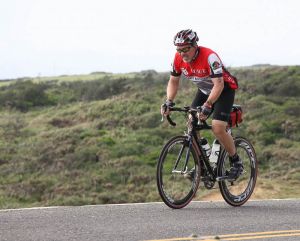
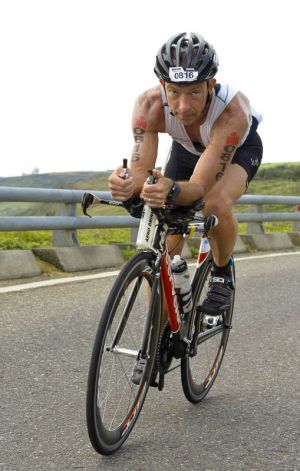
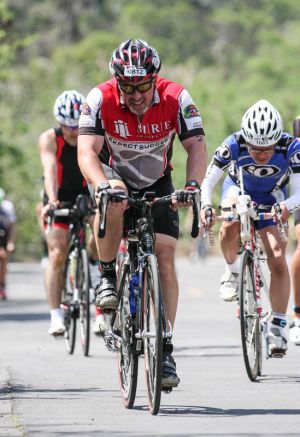
.jpg)
